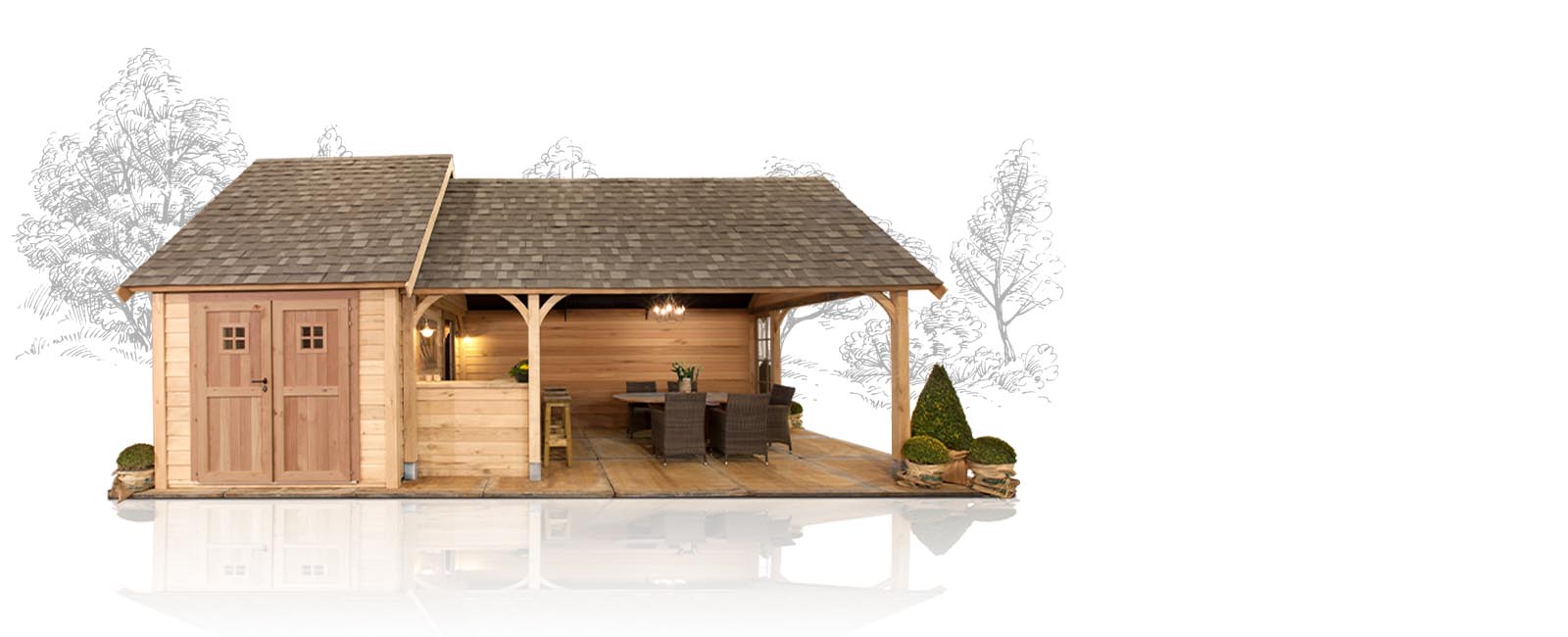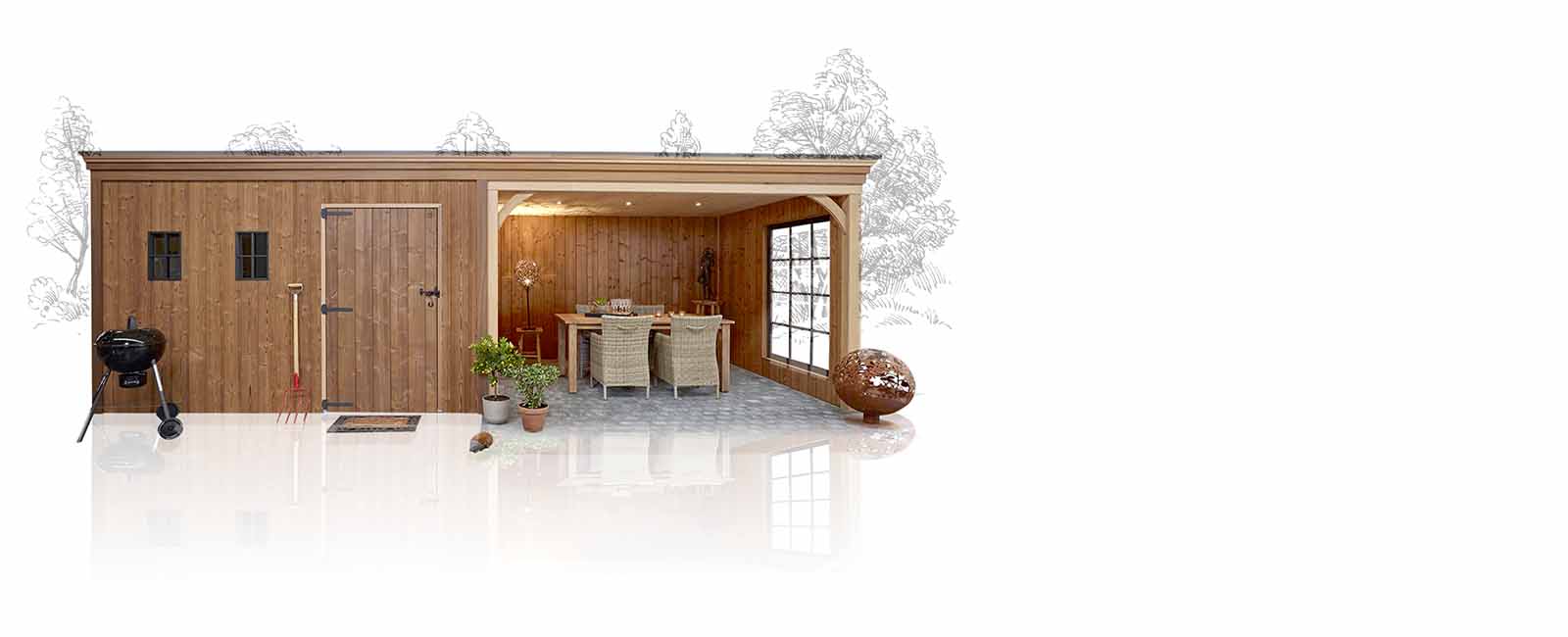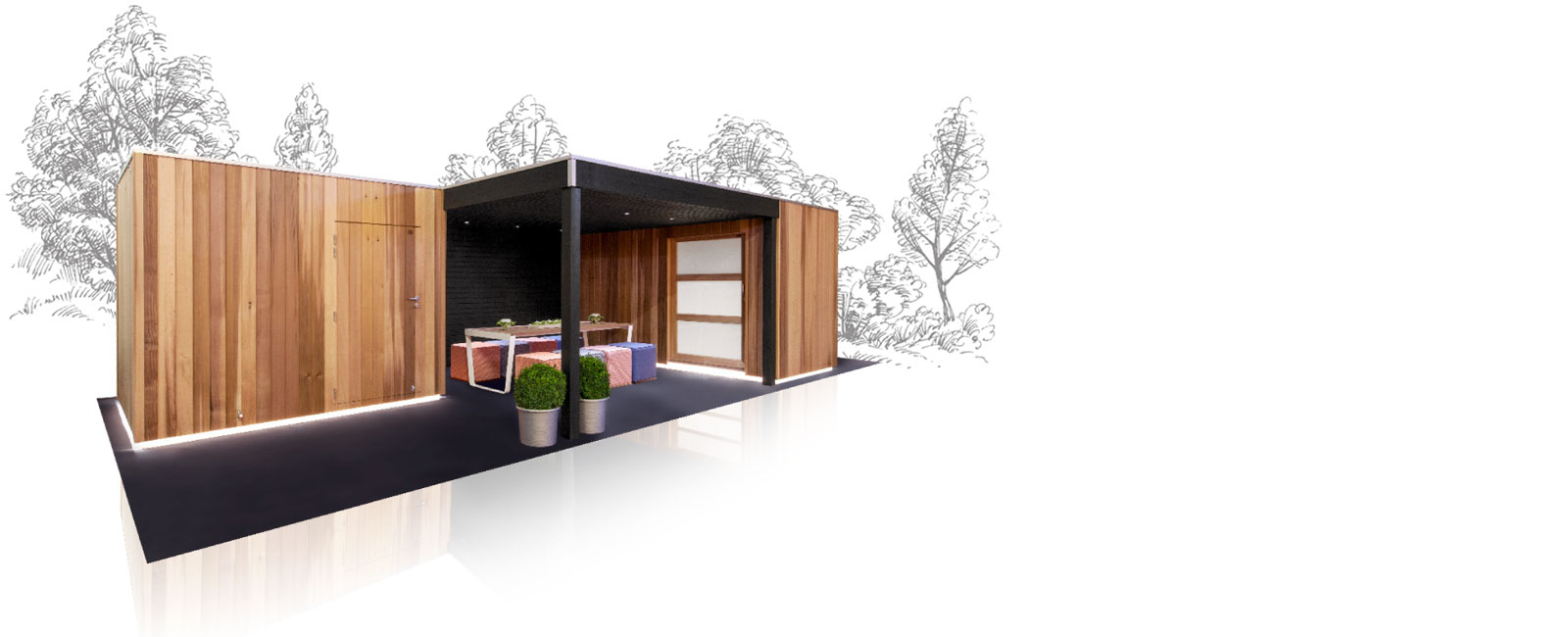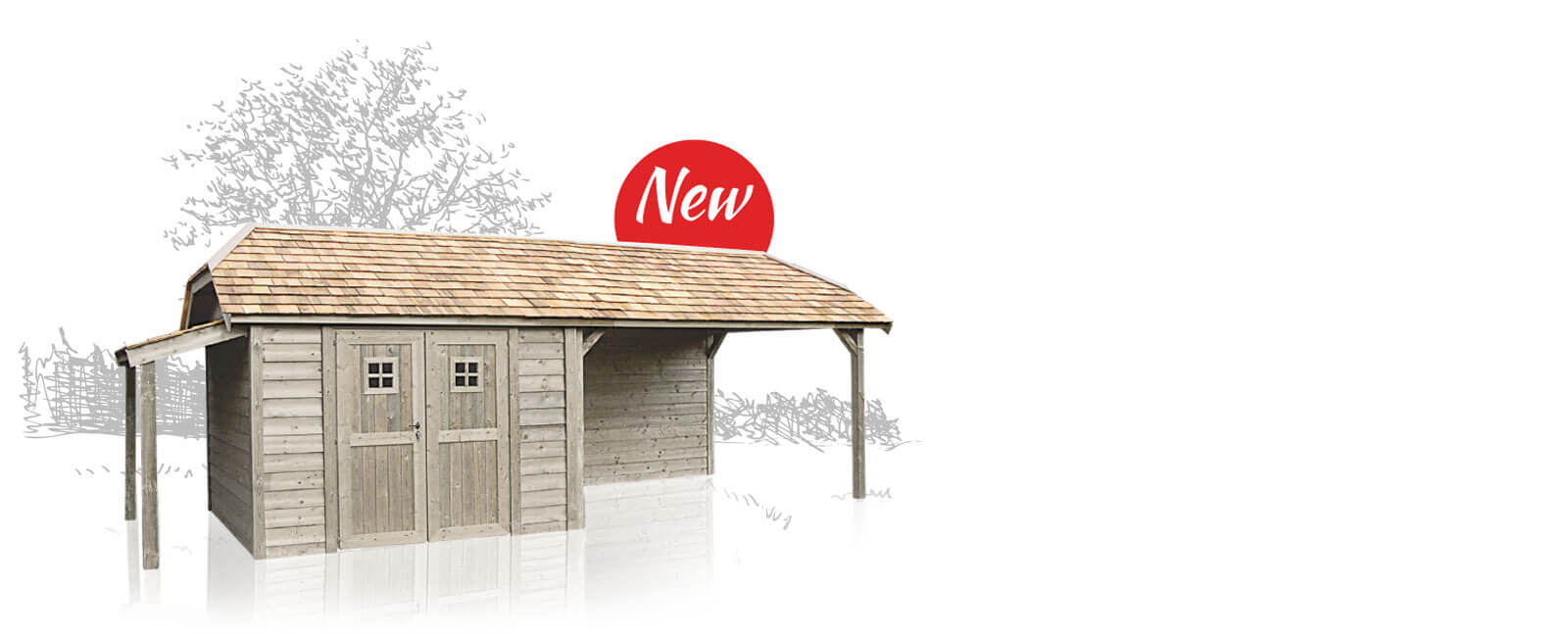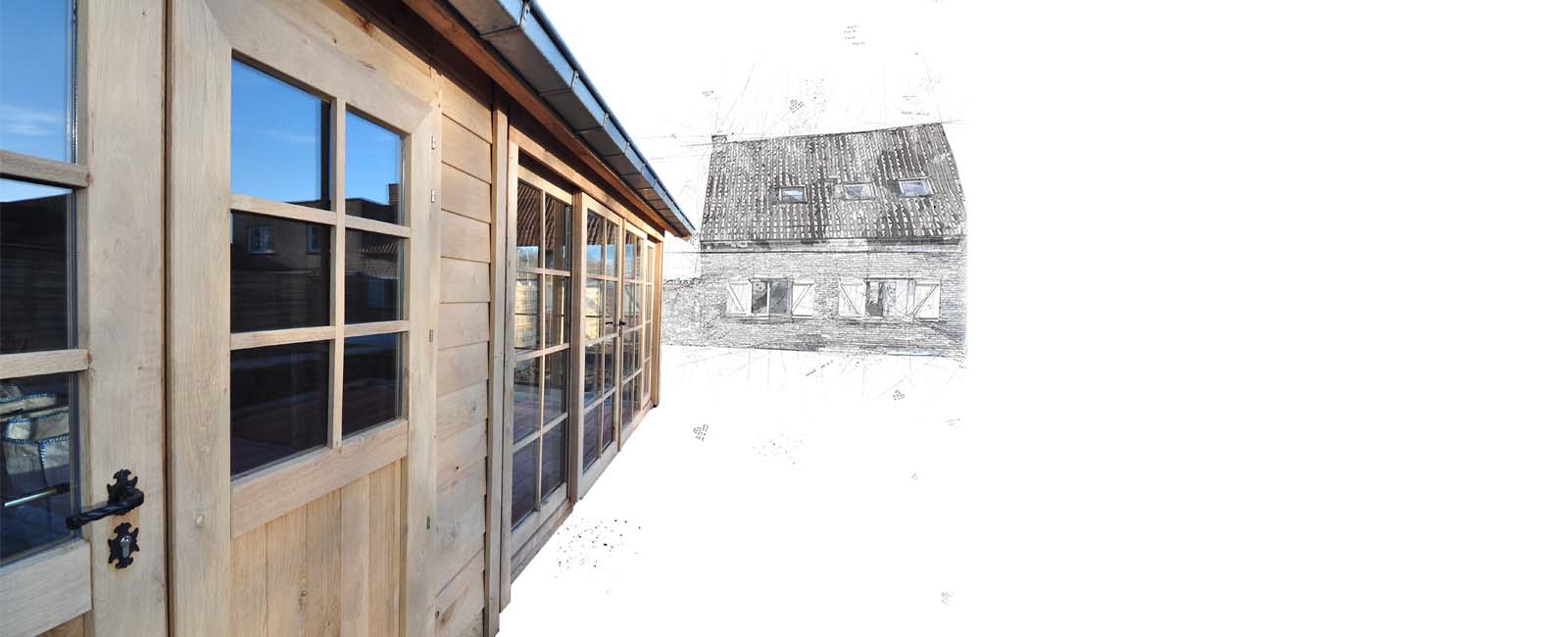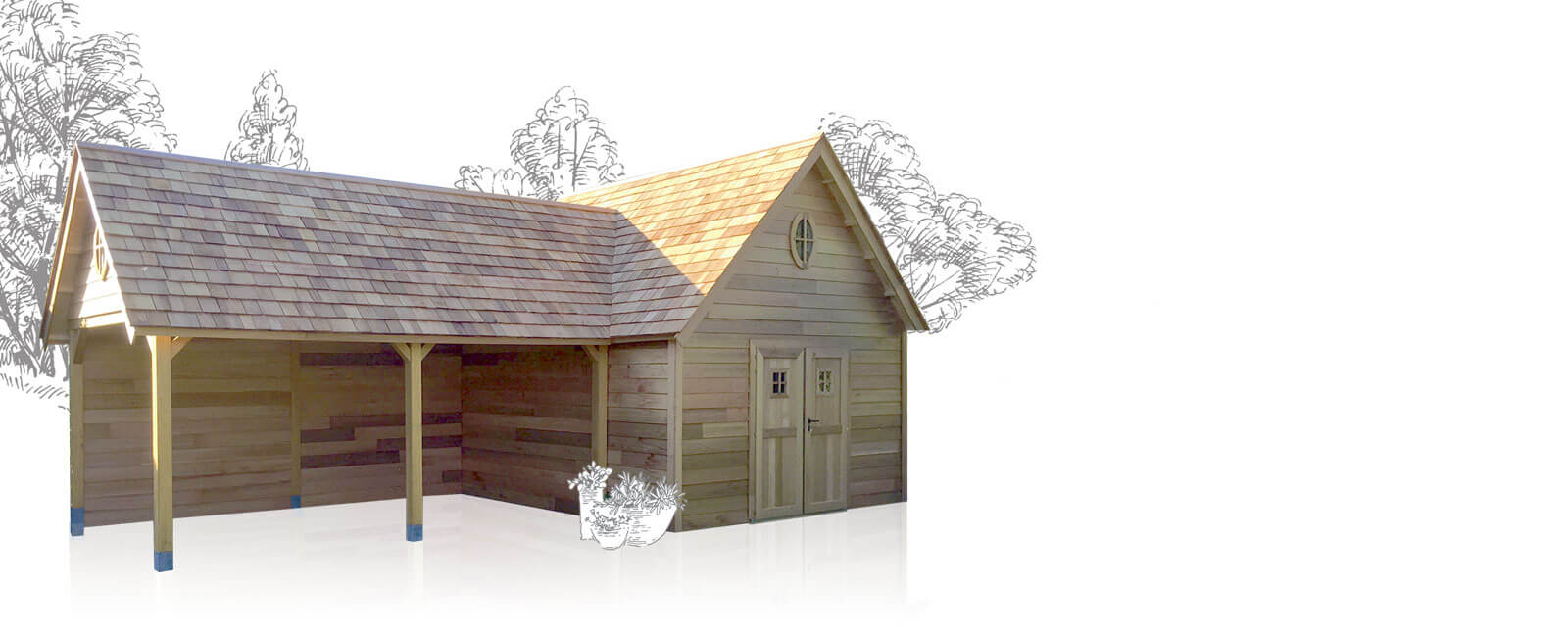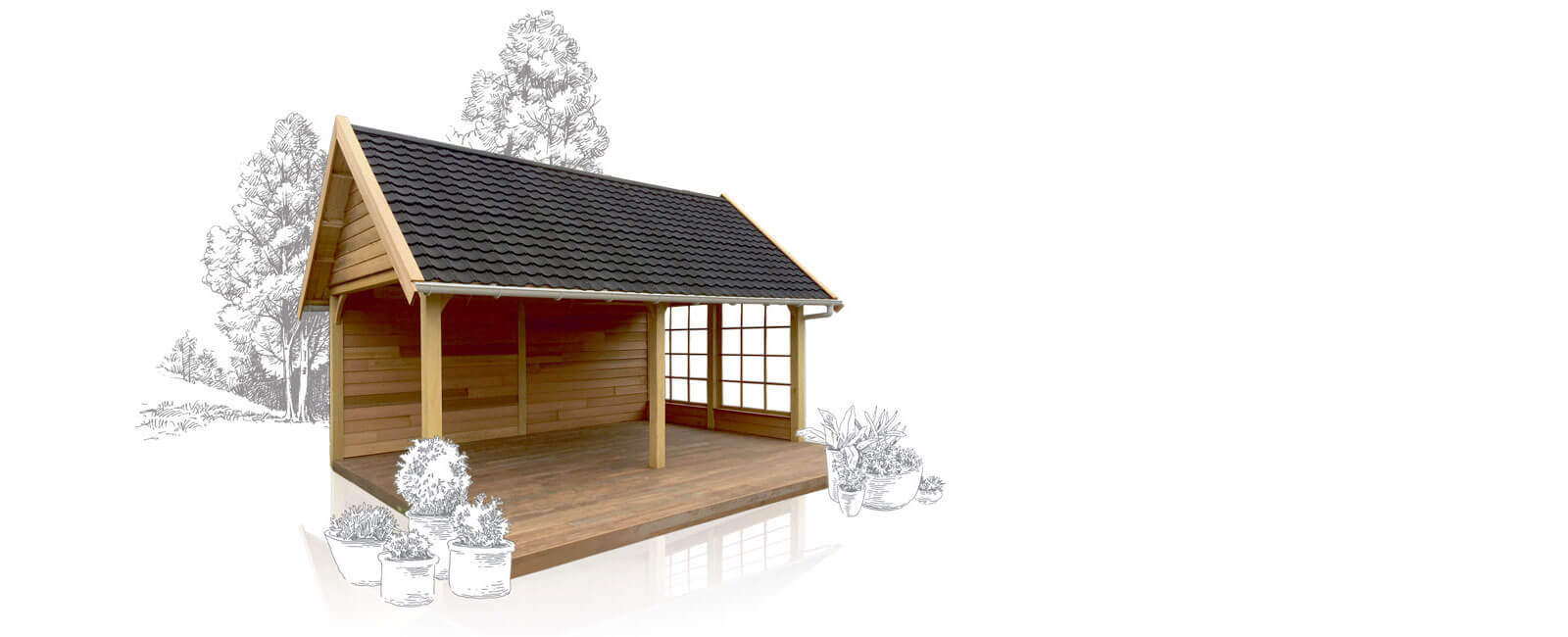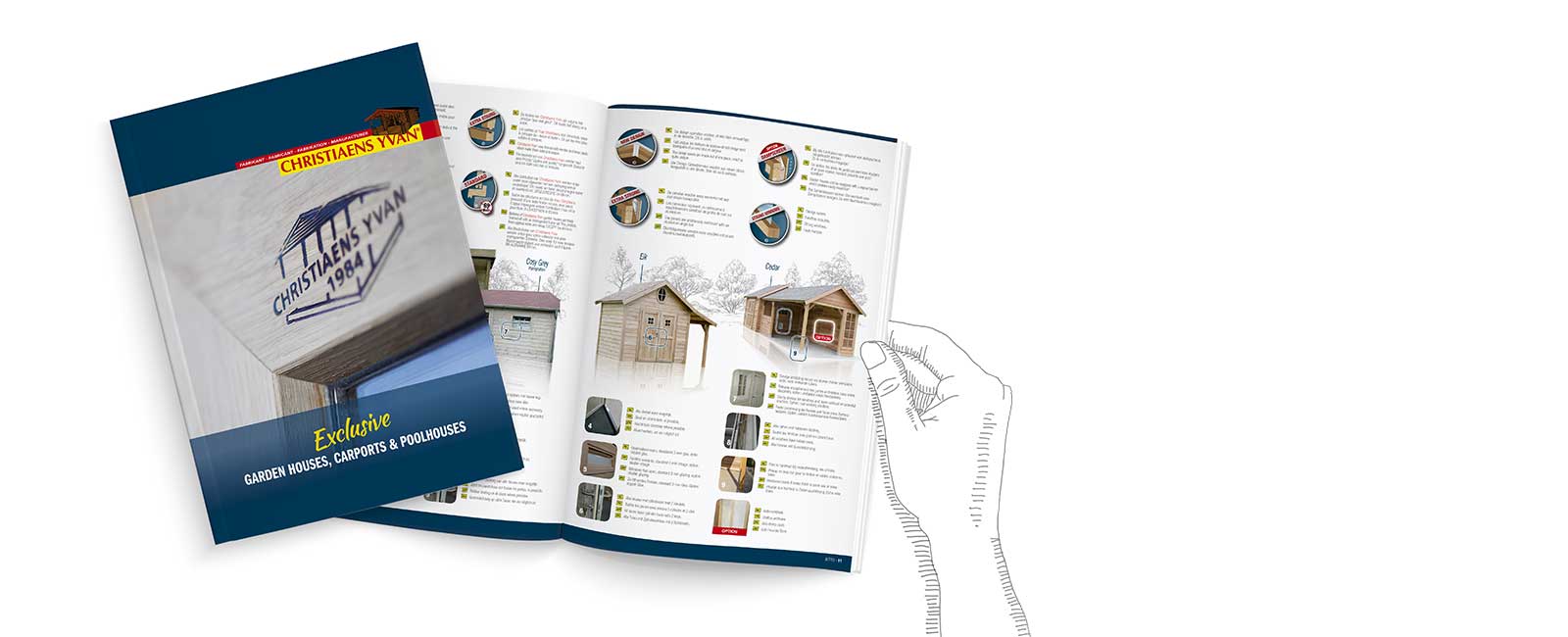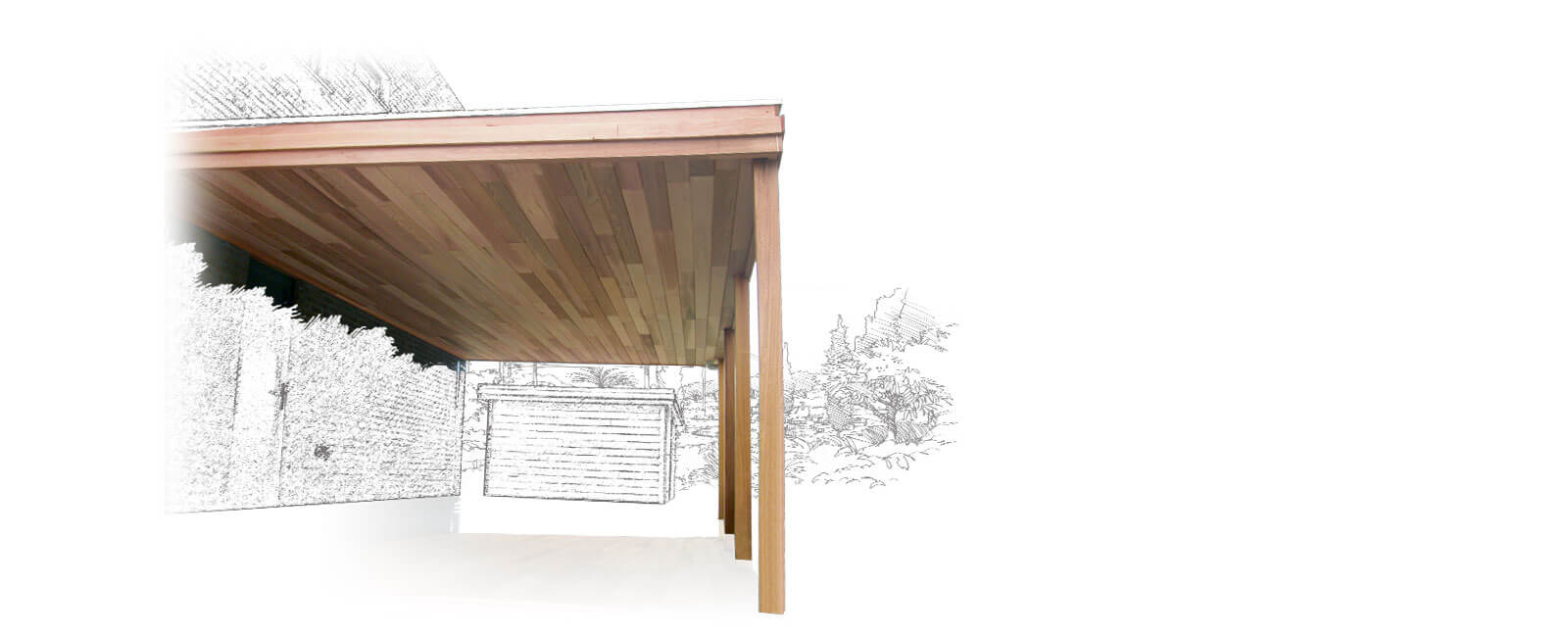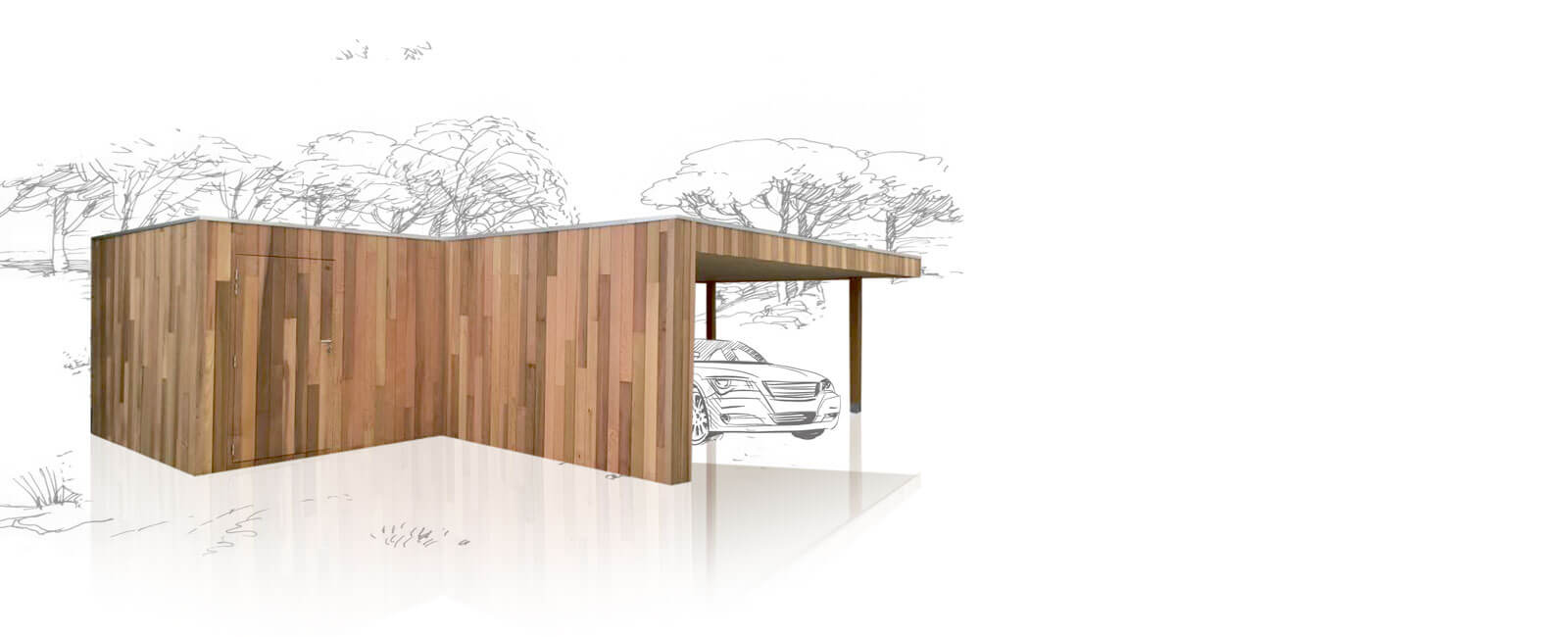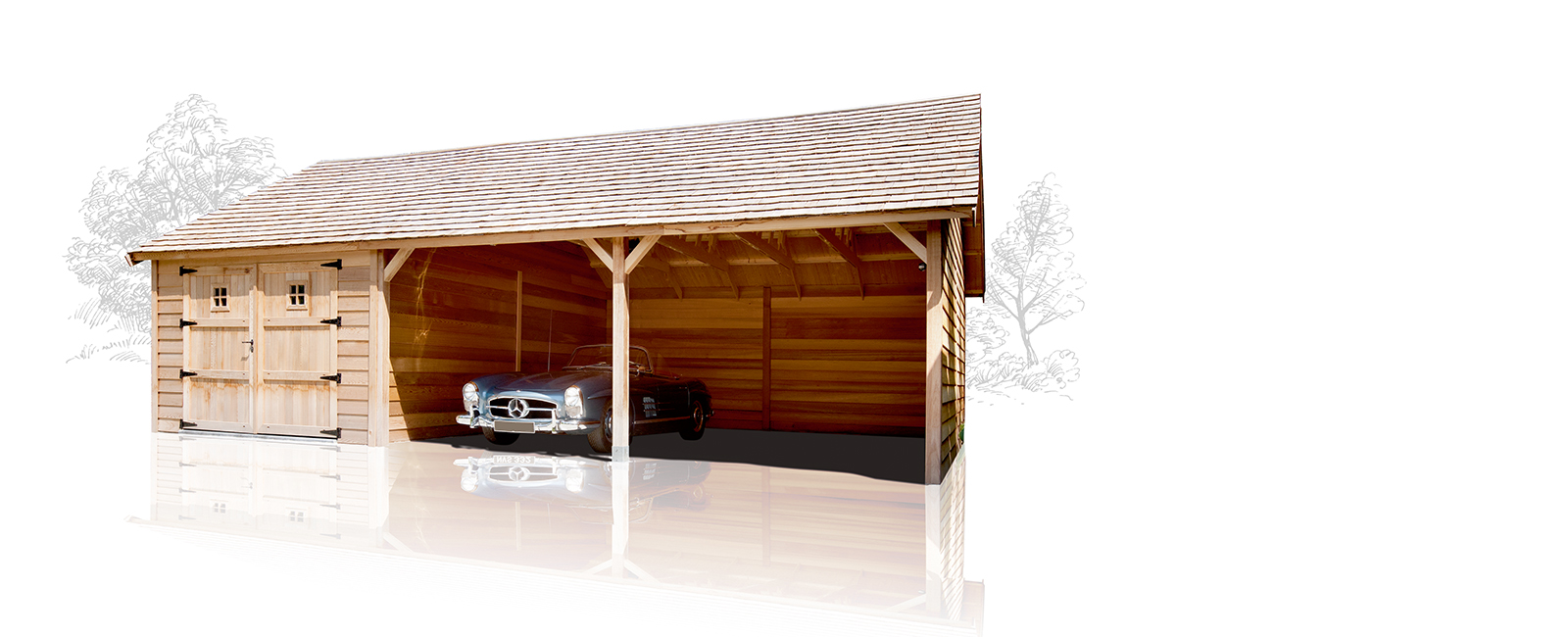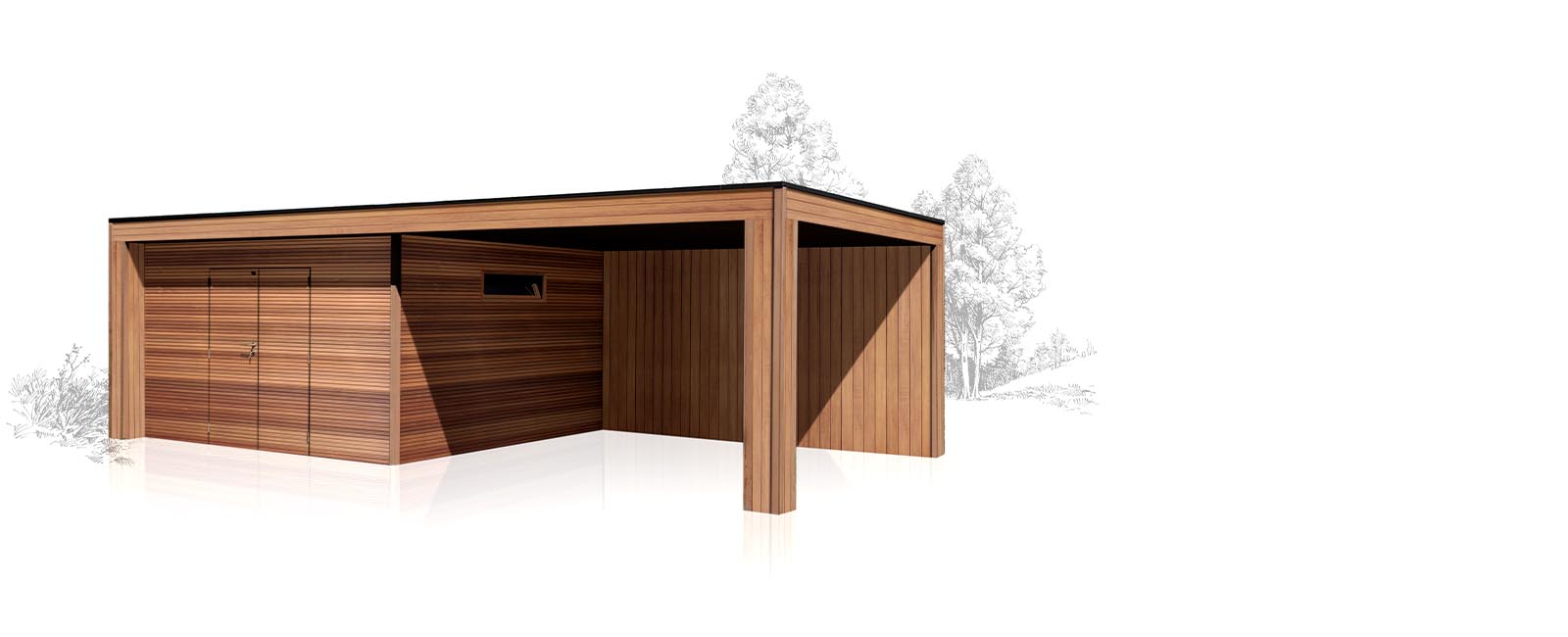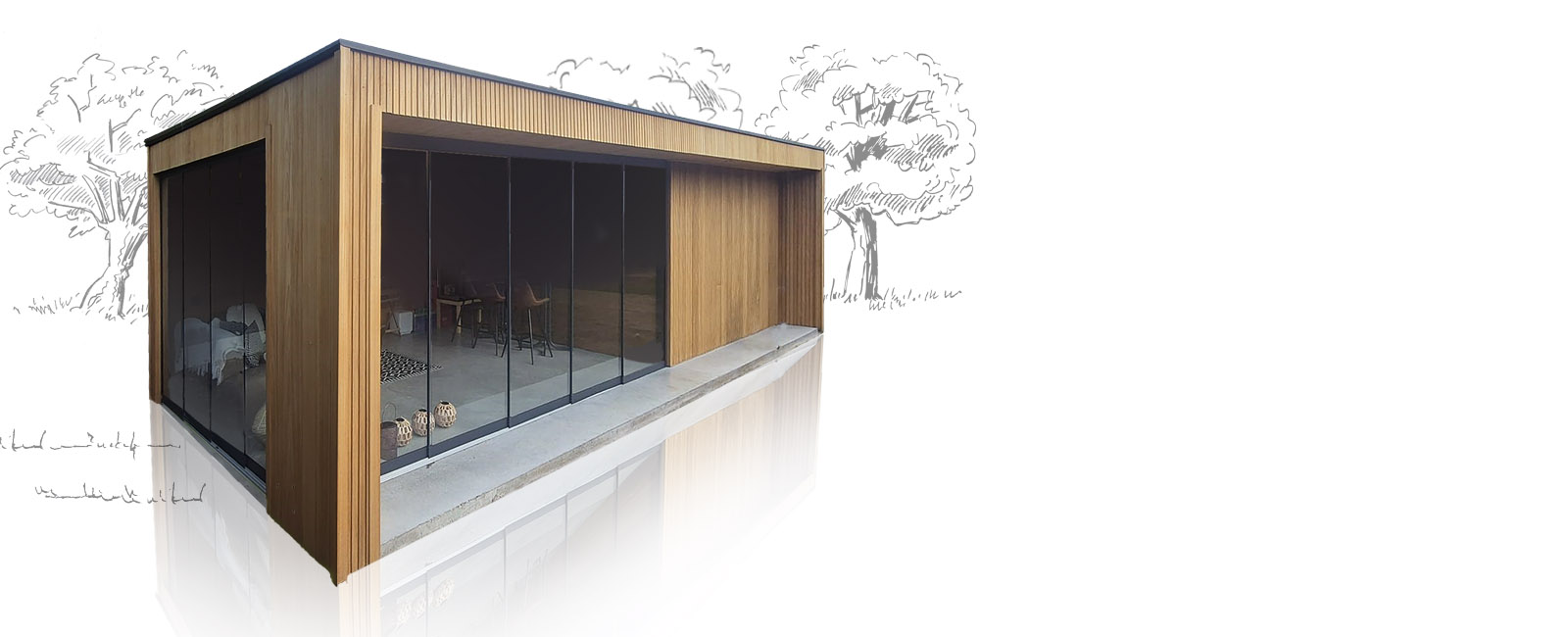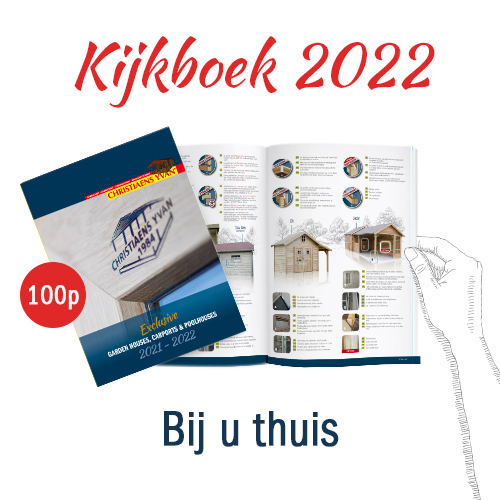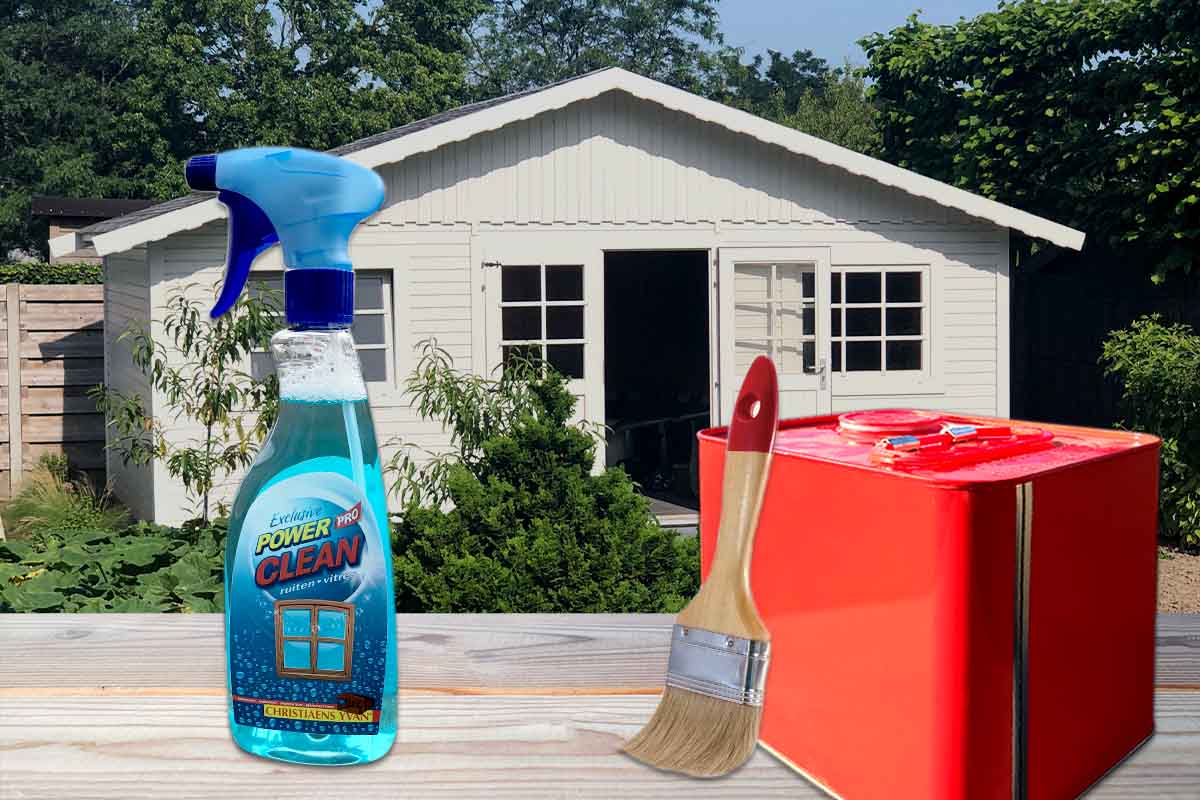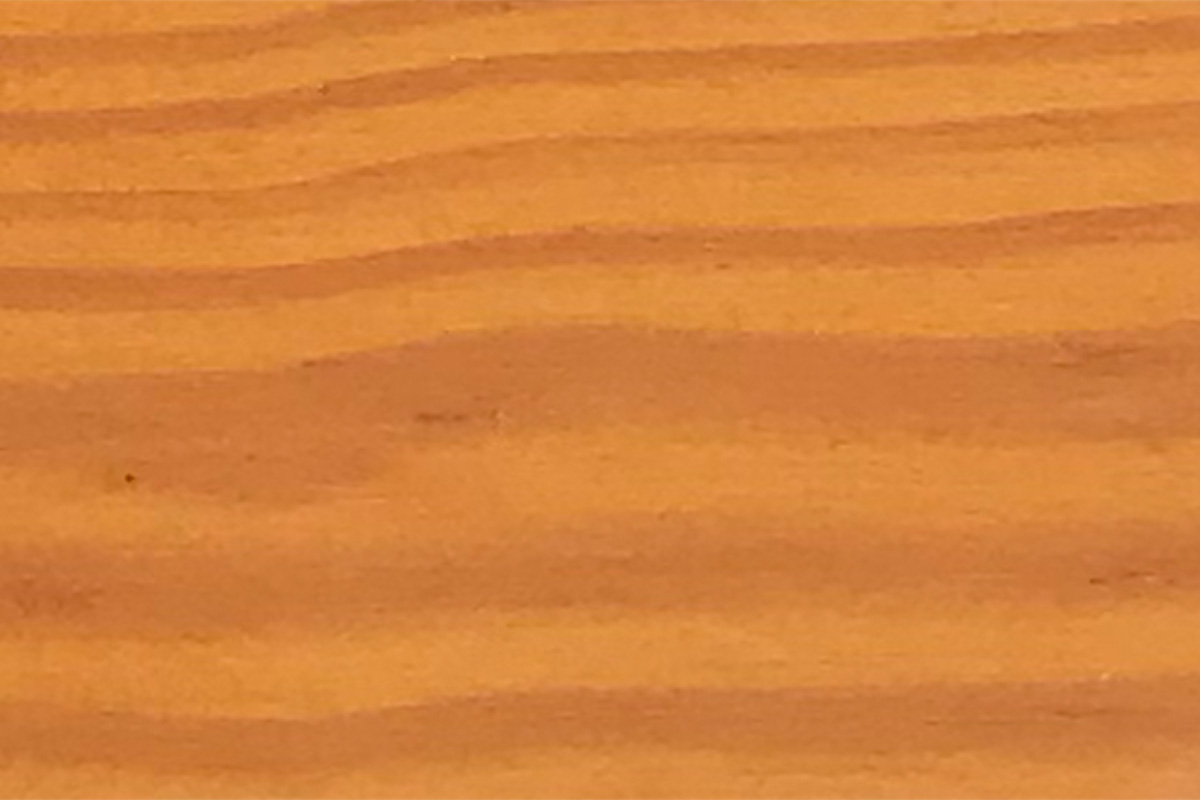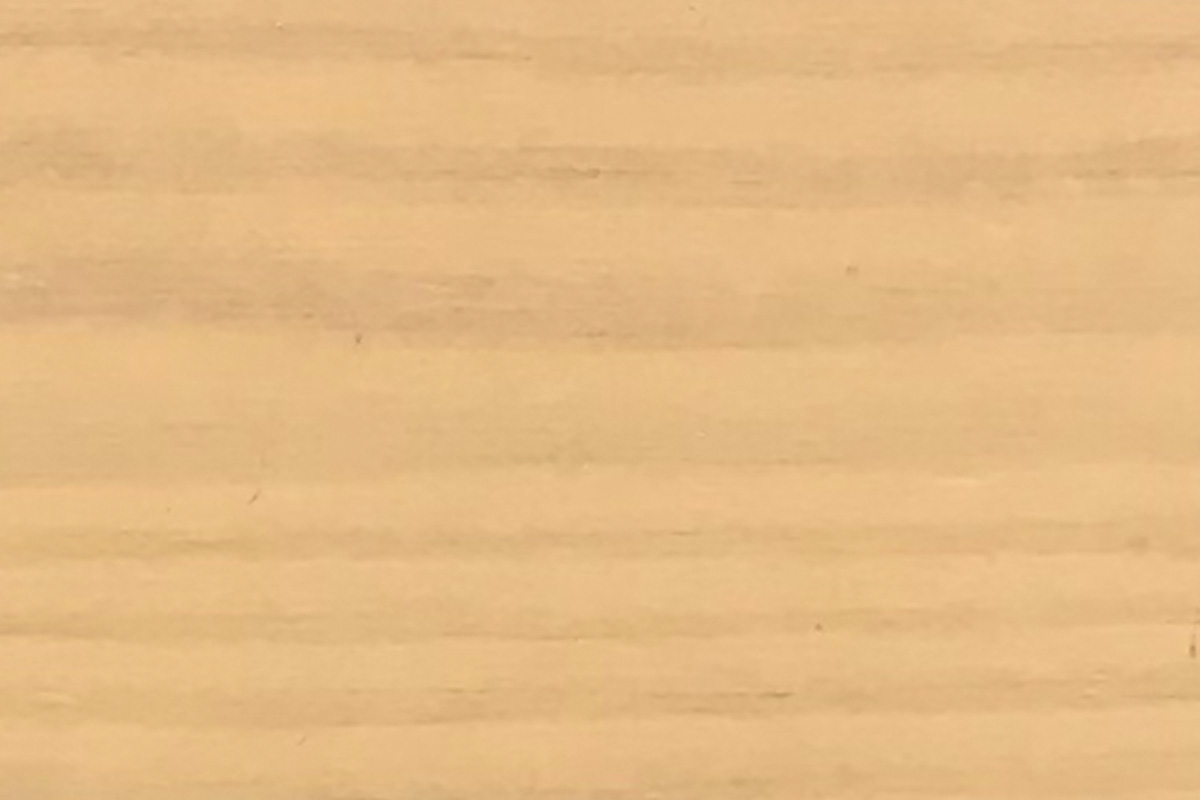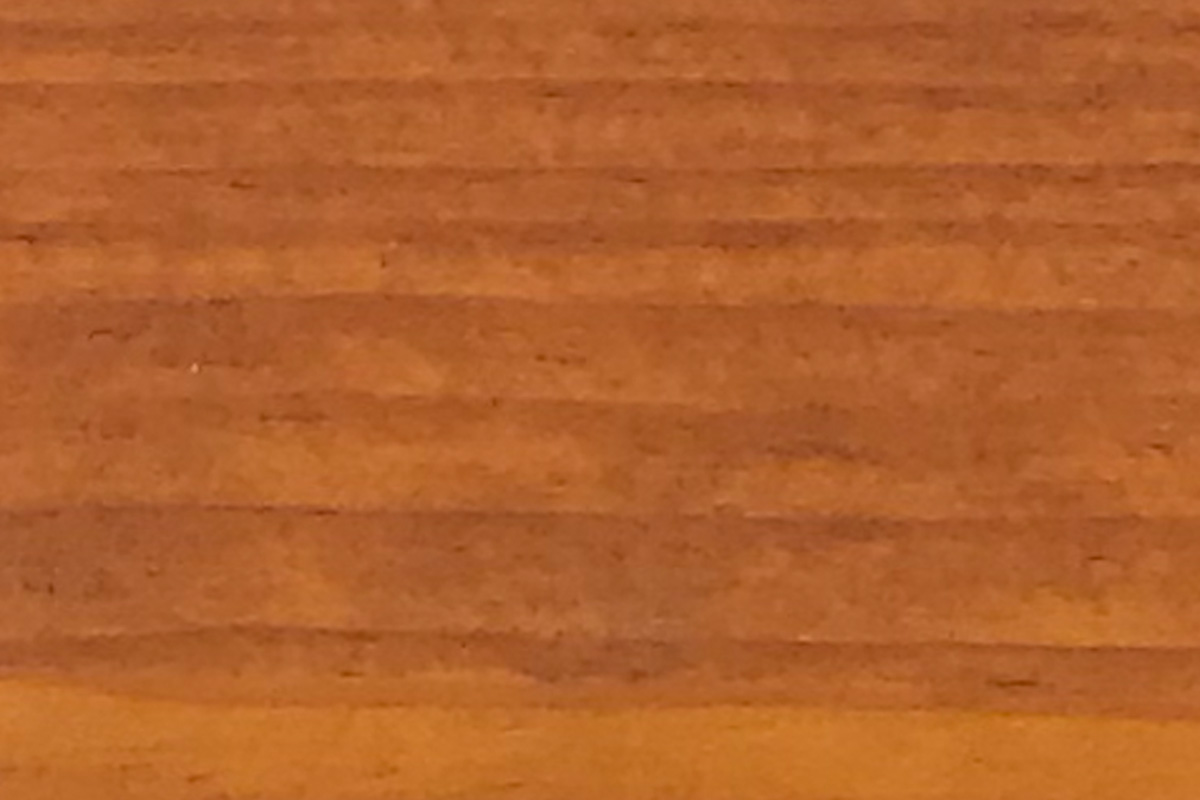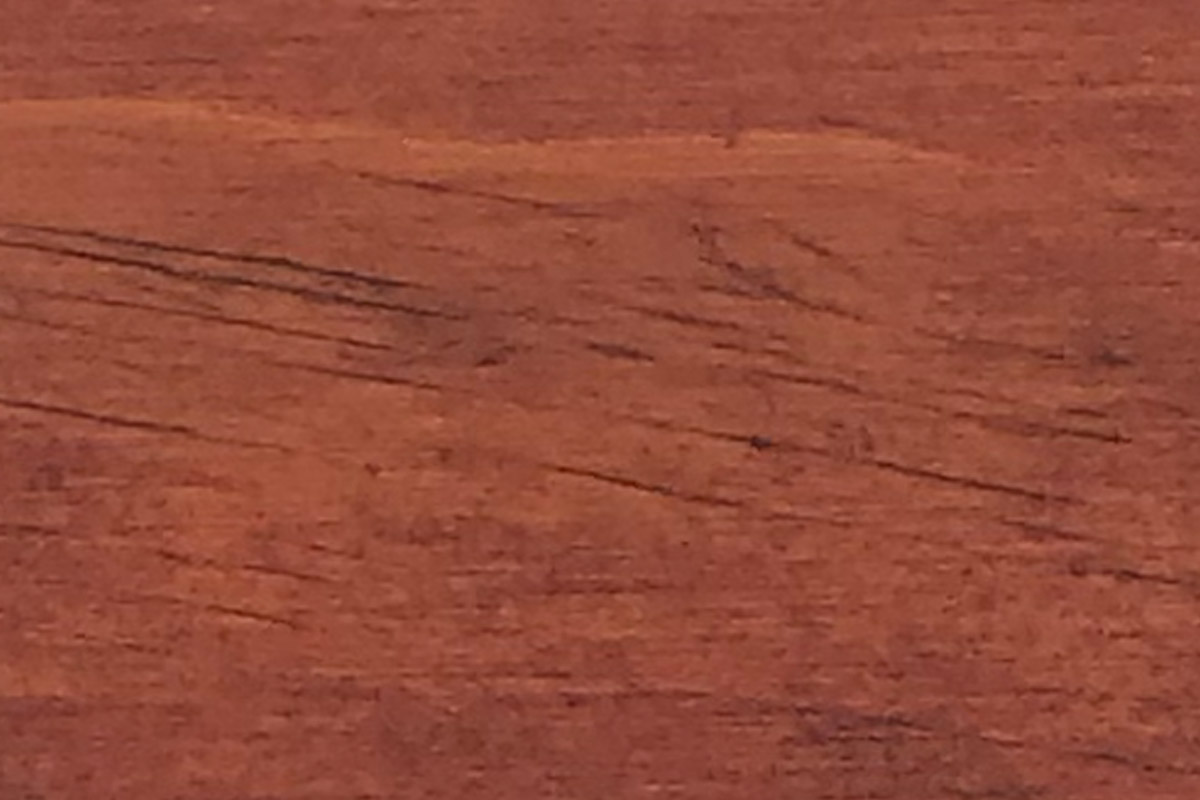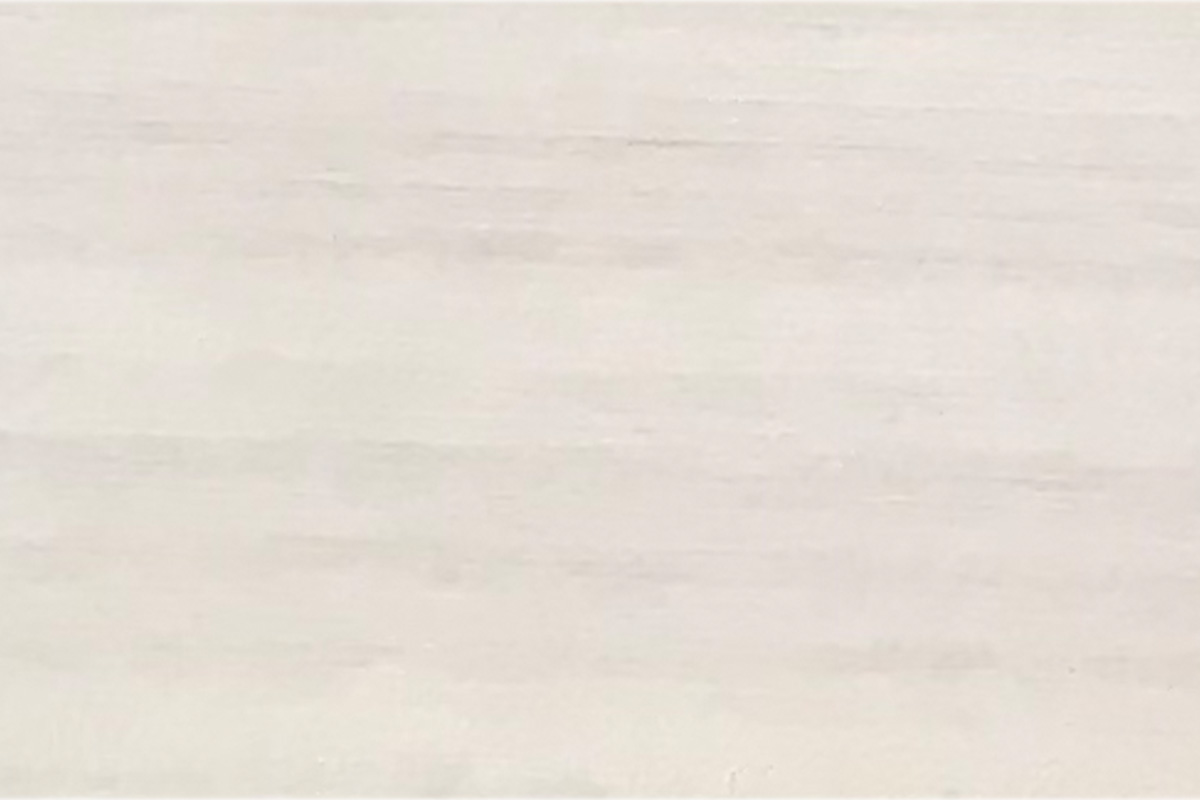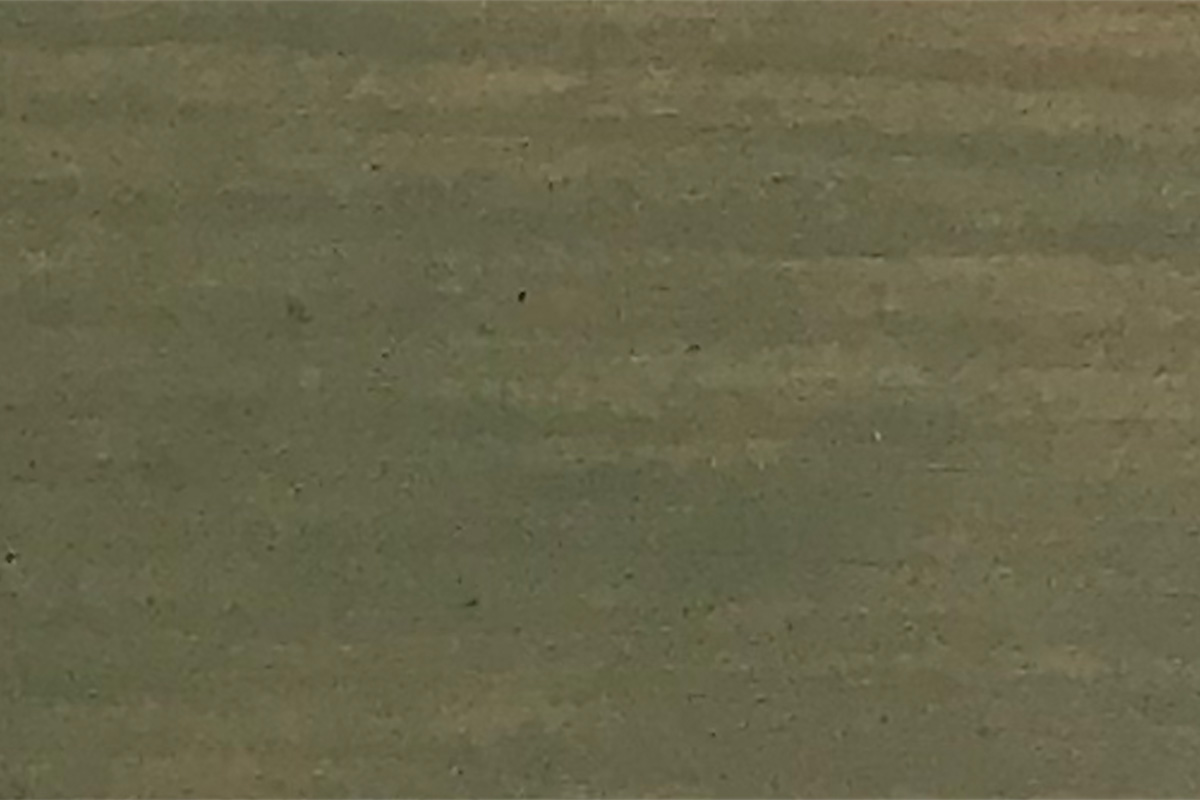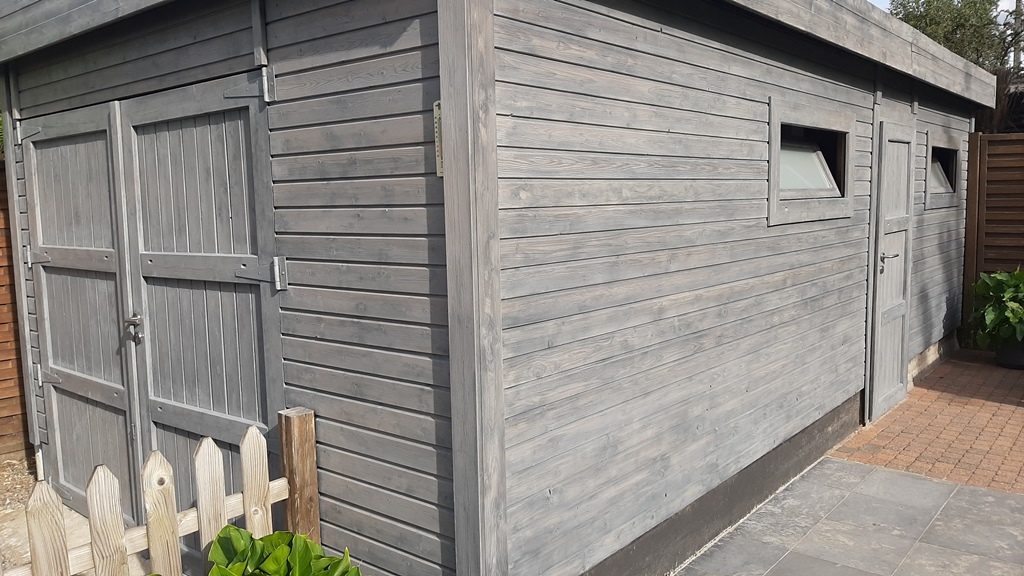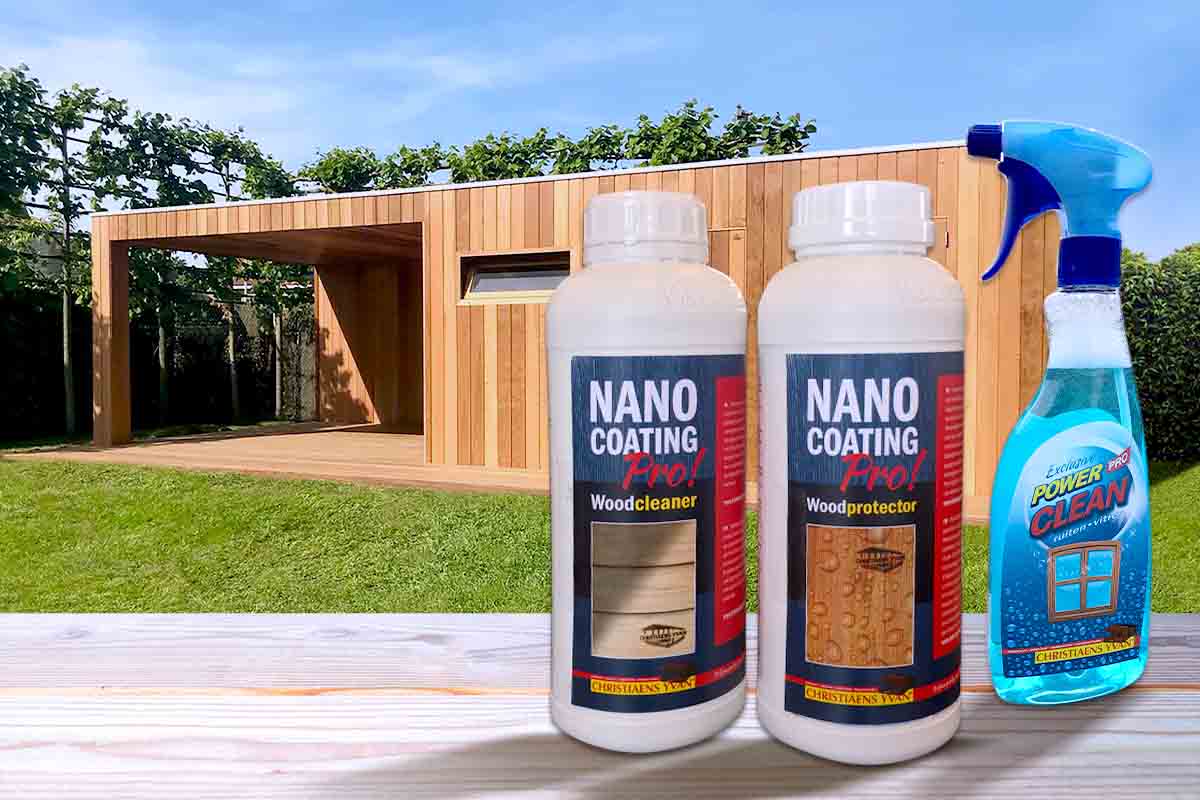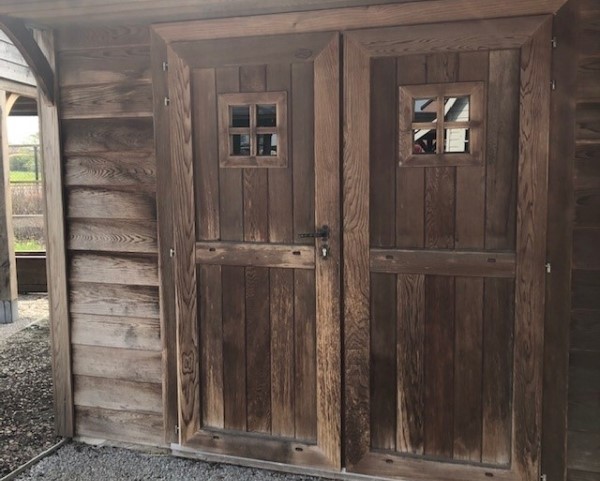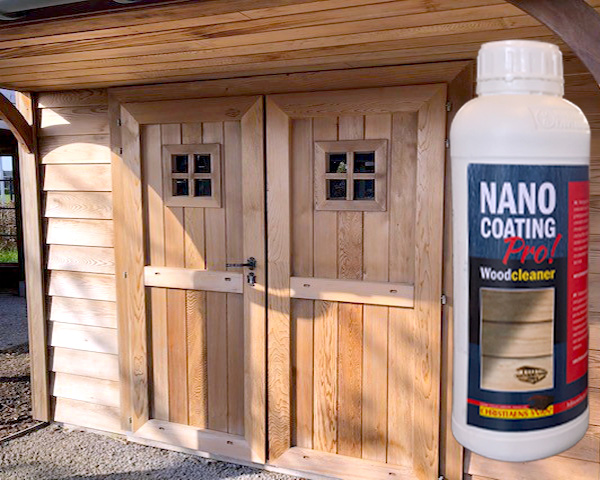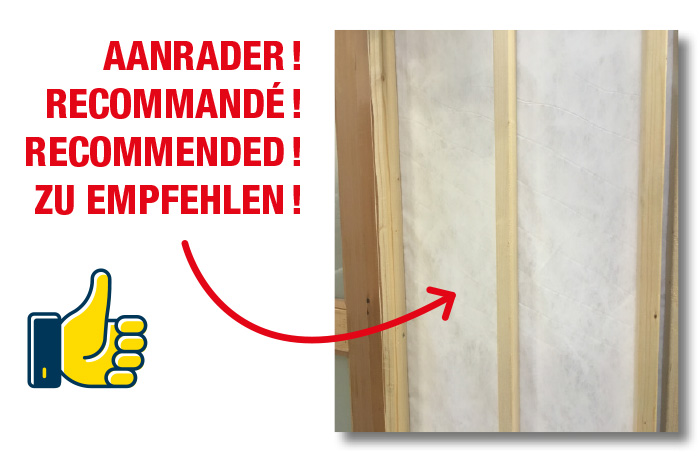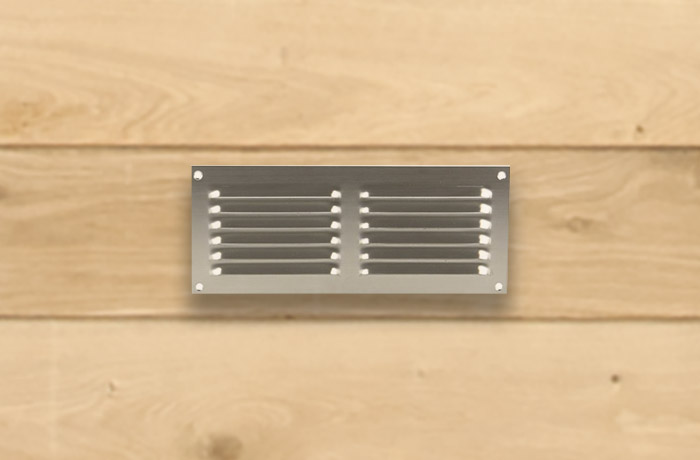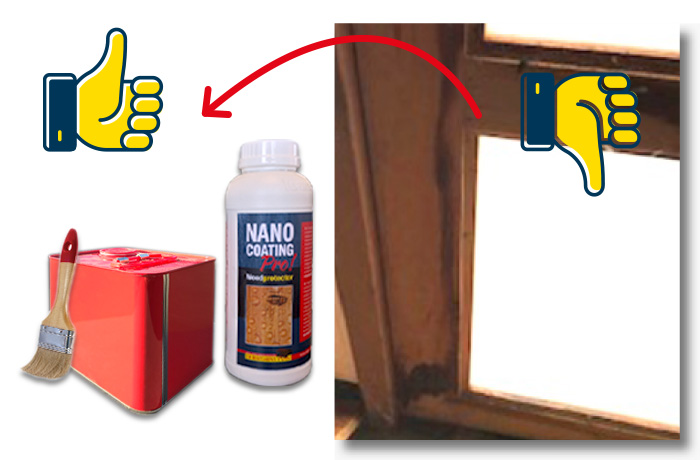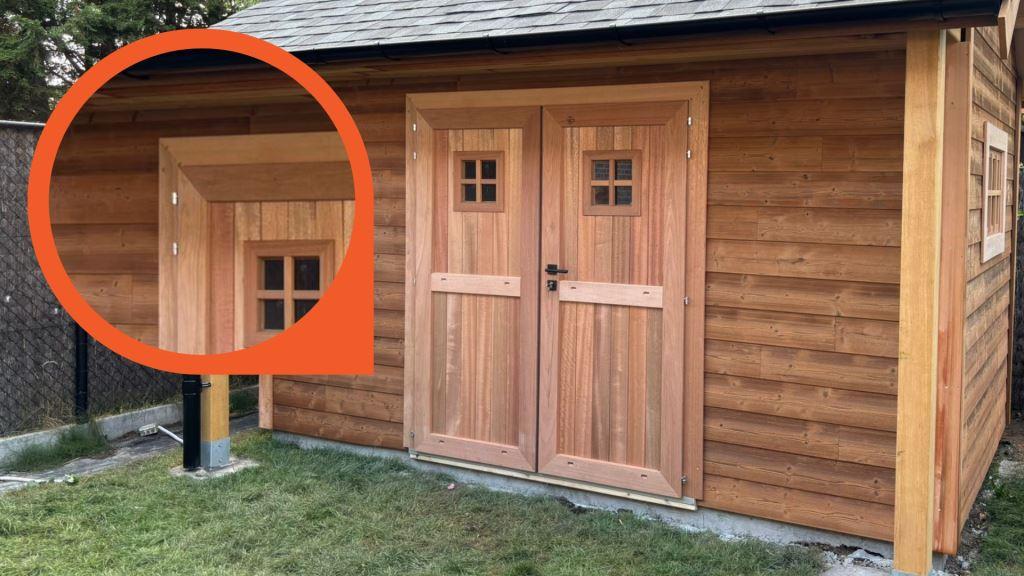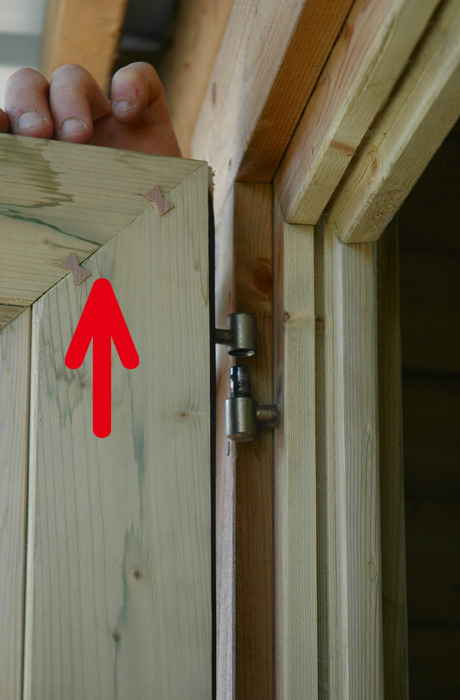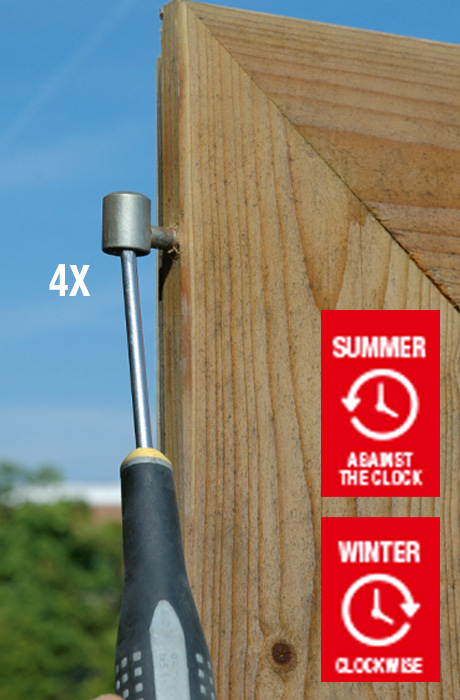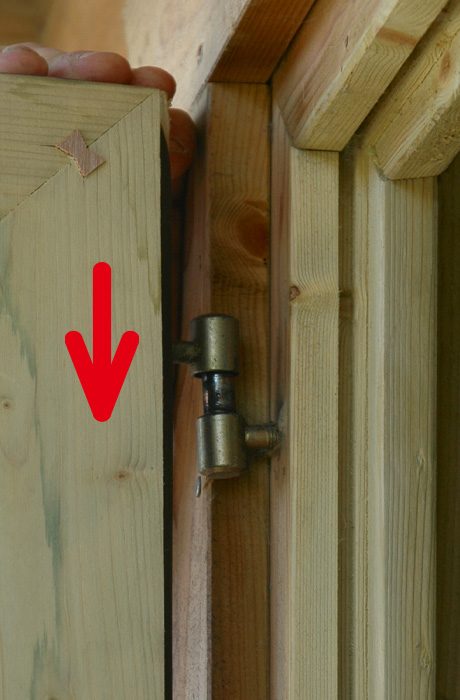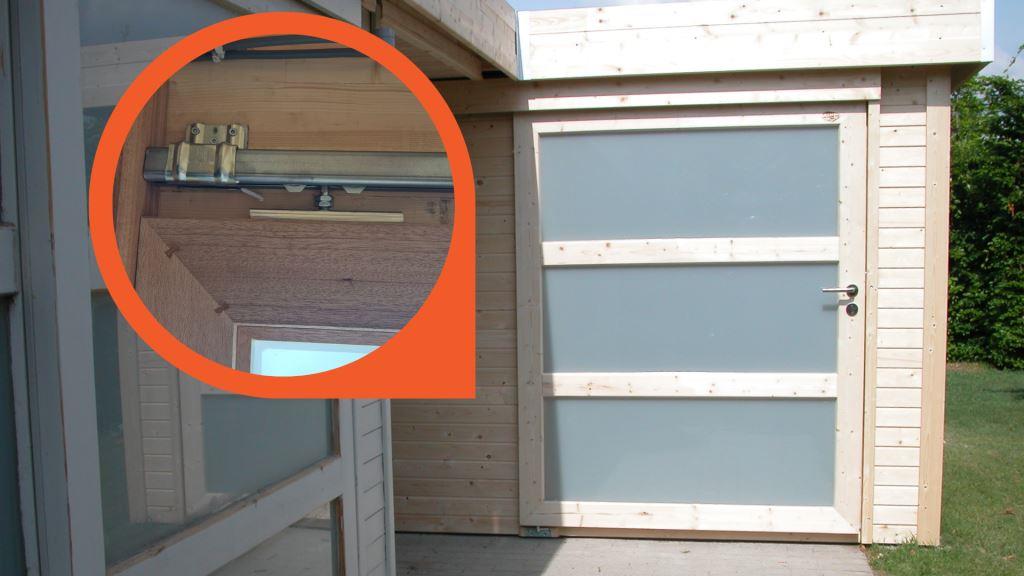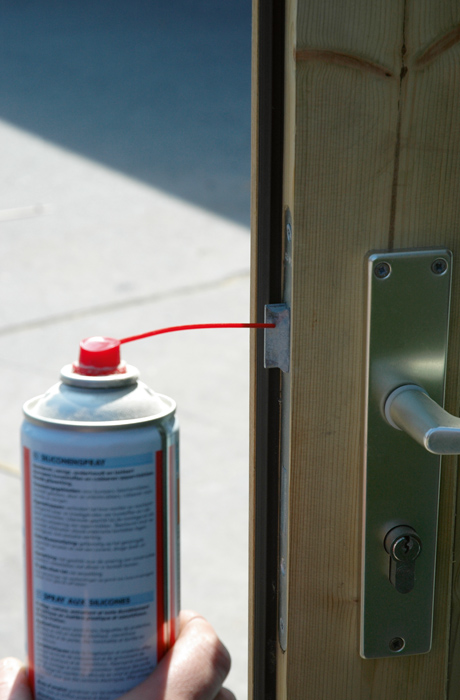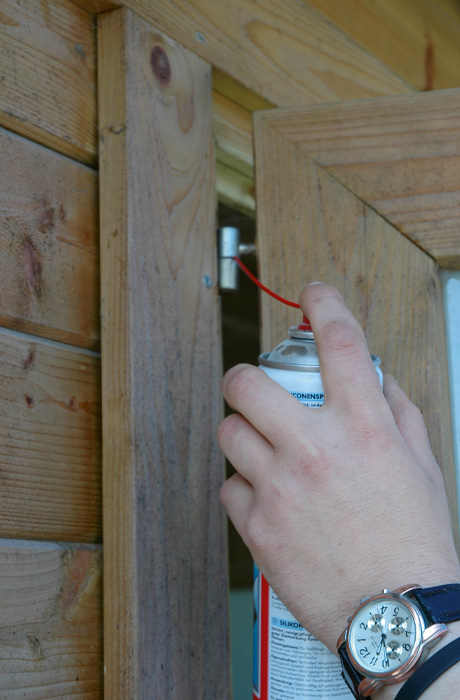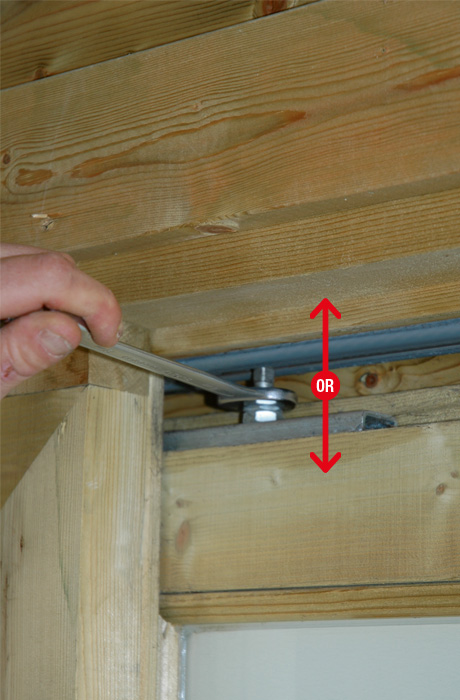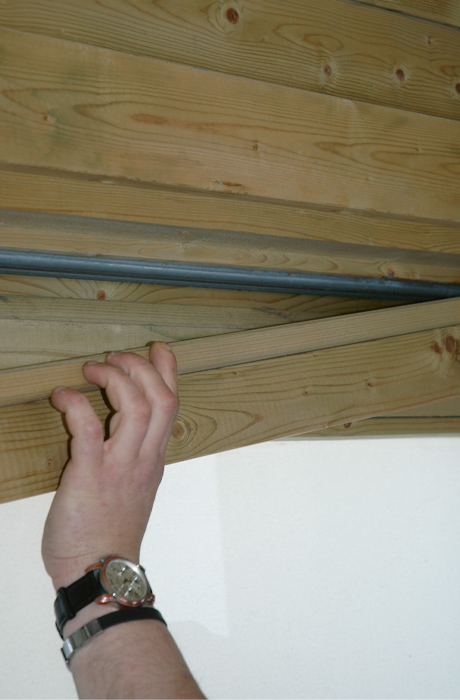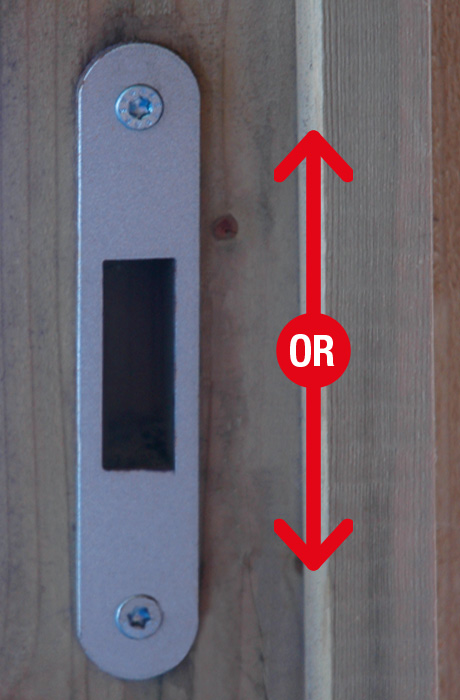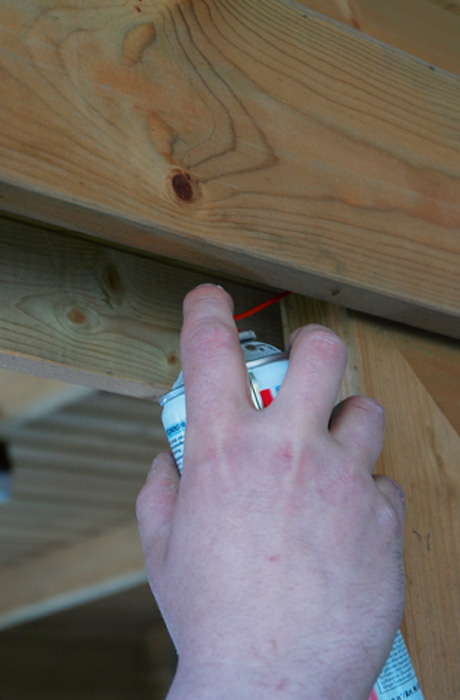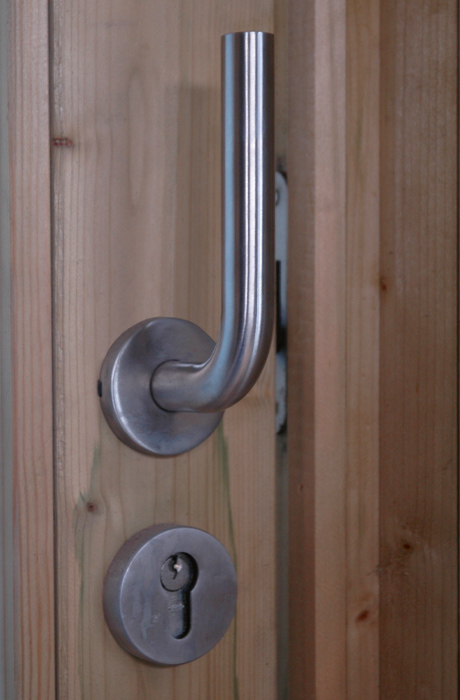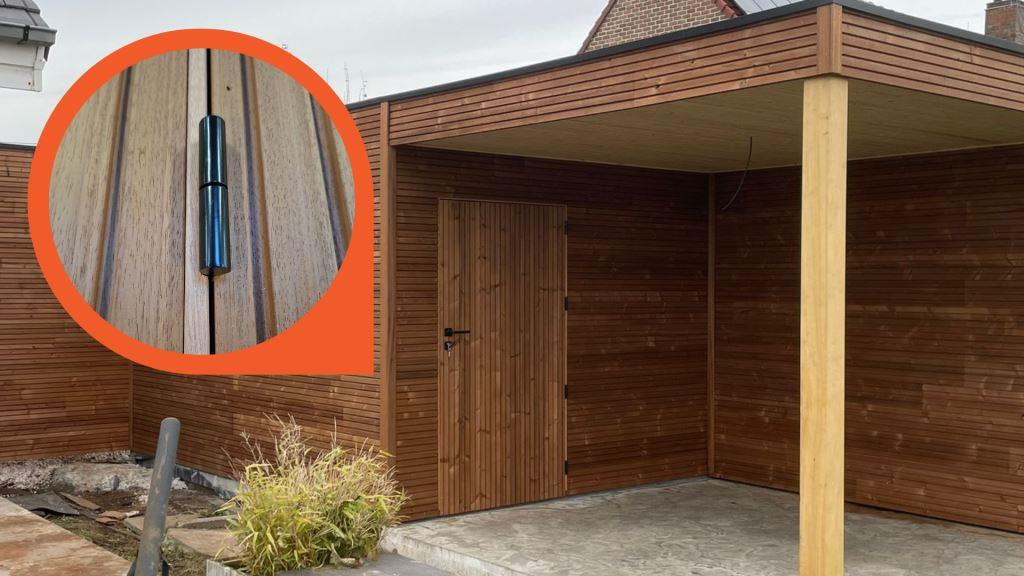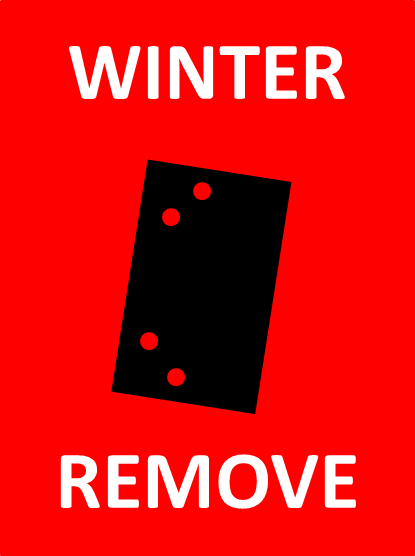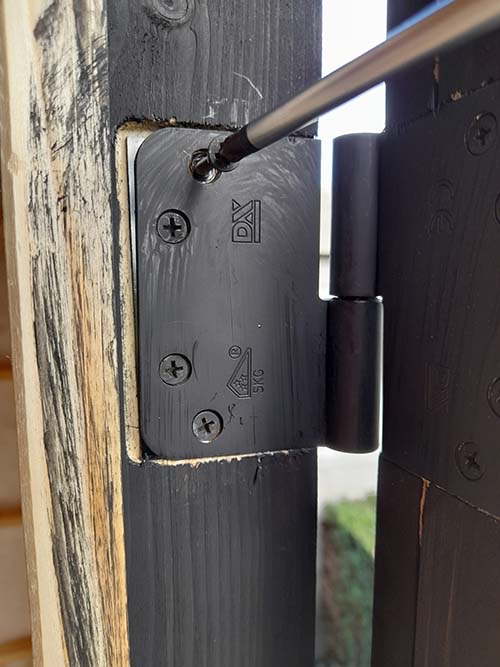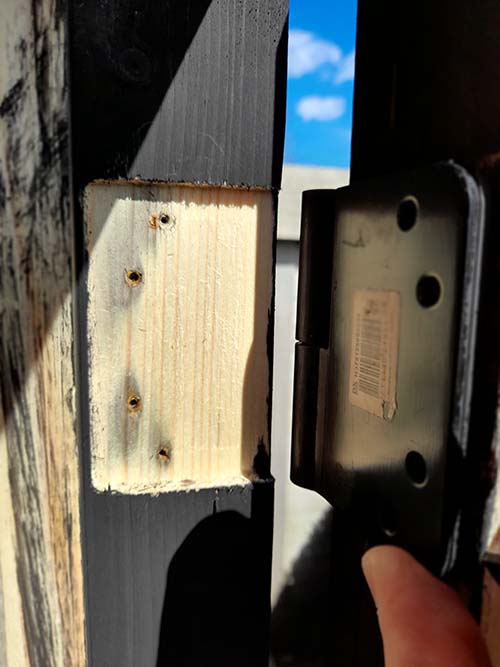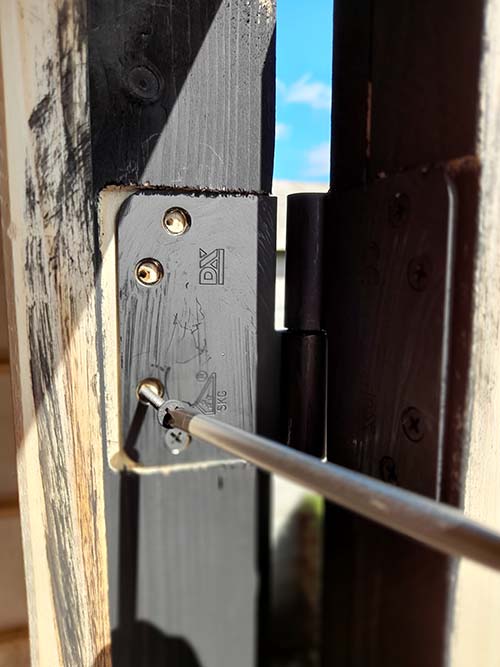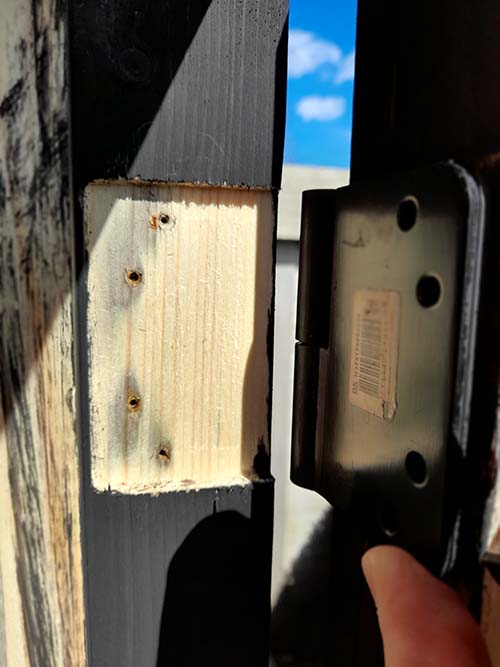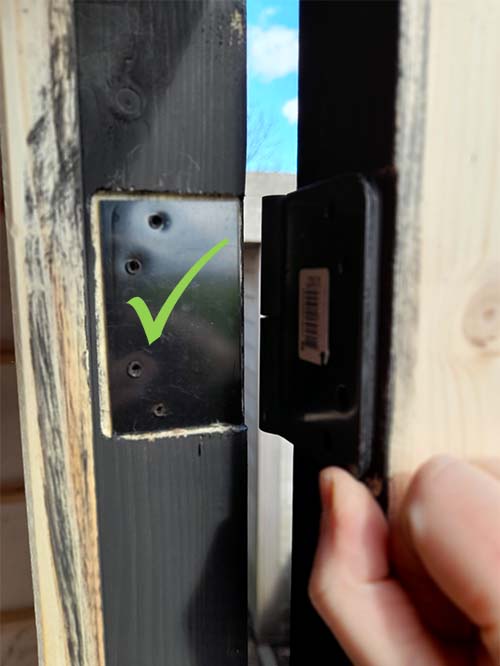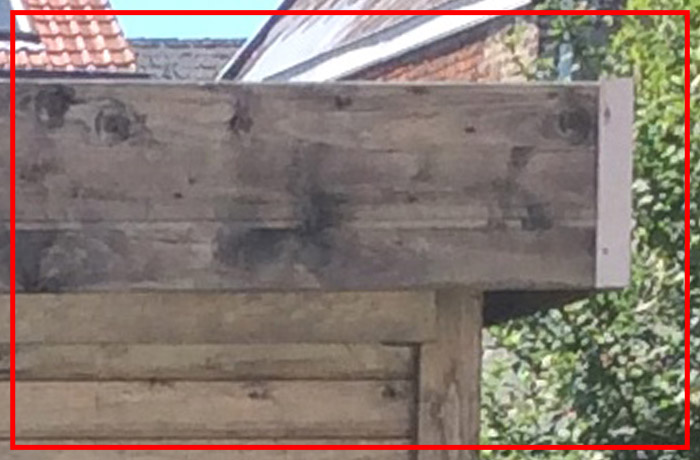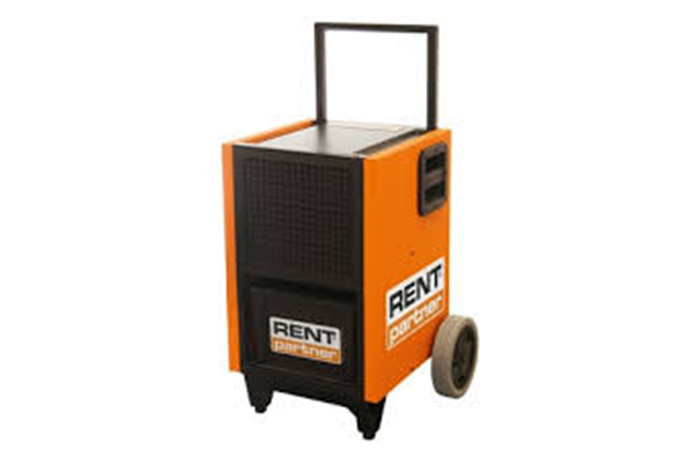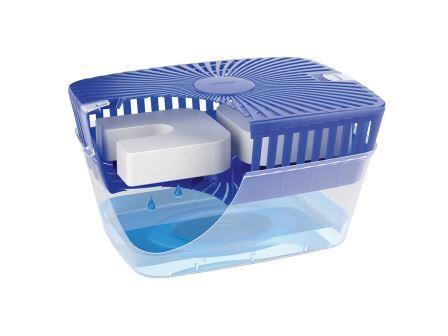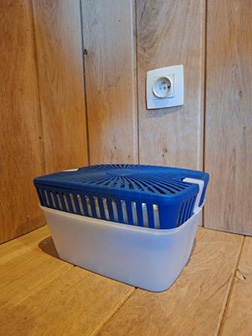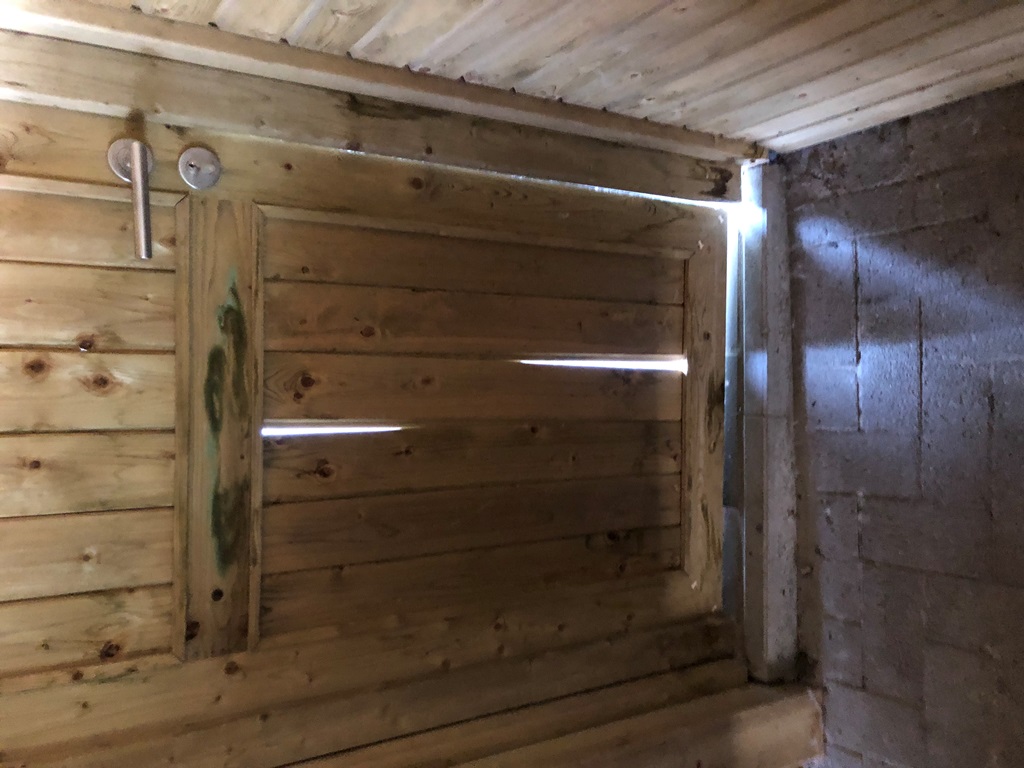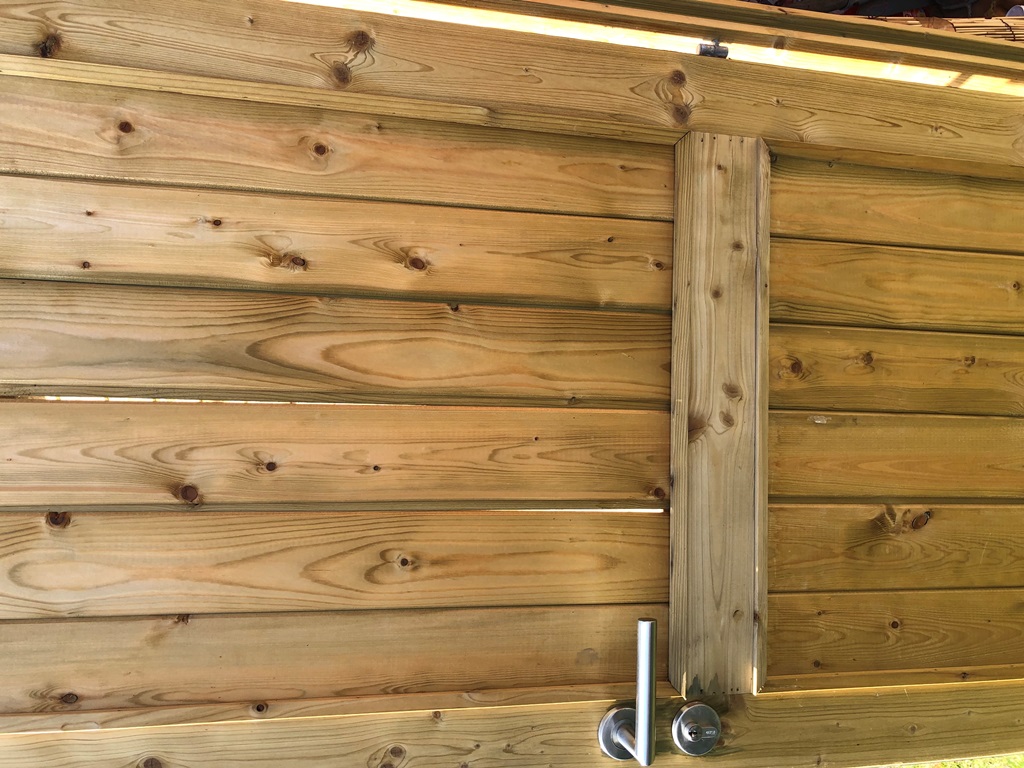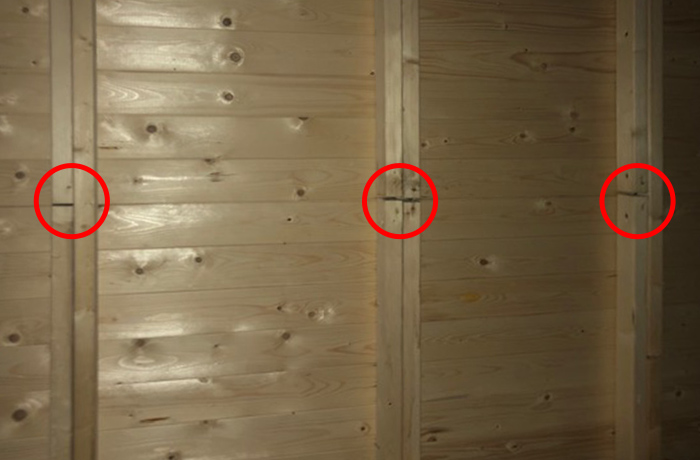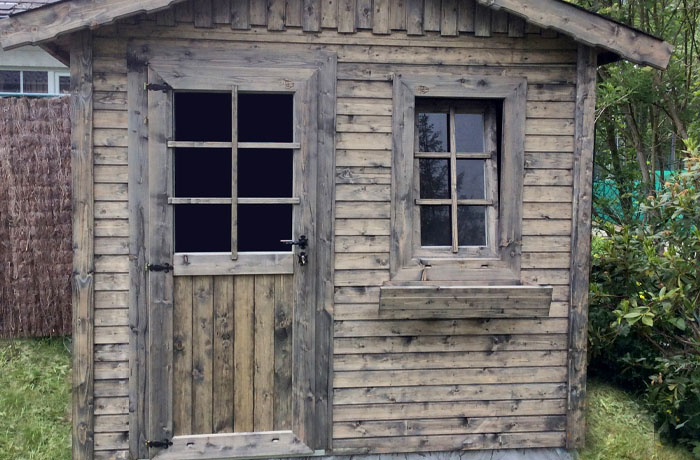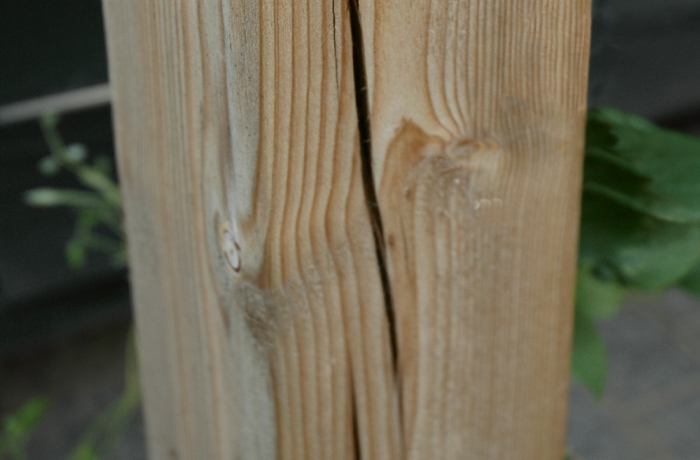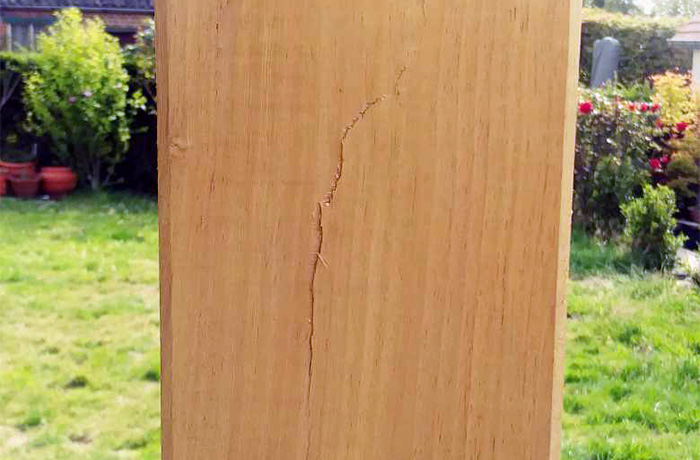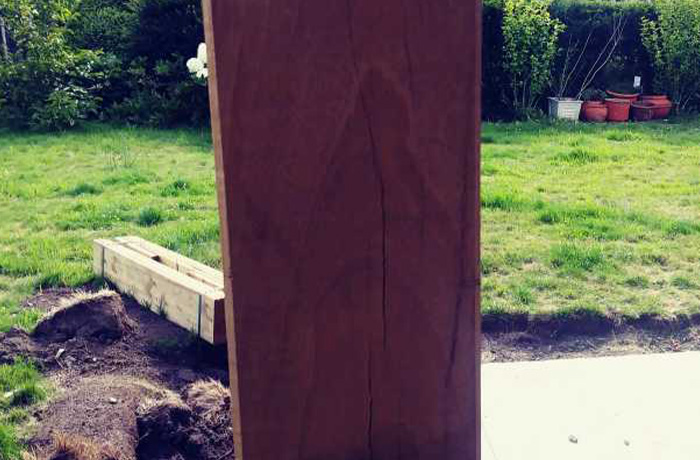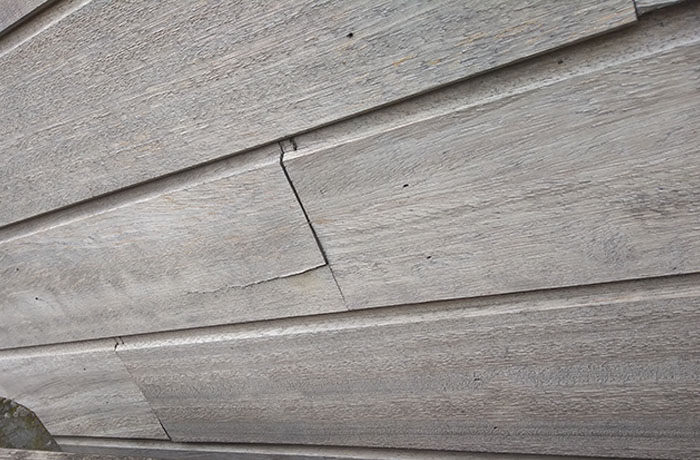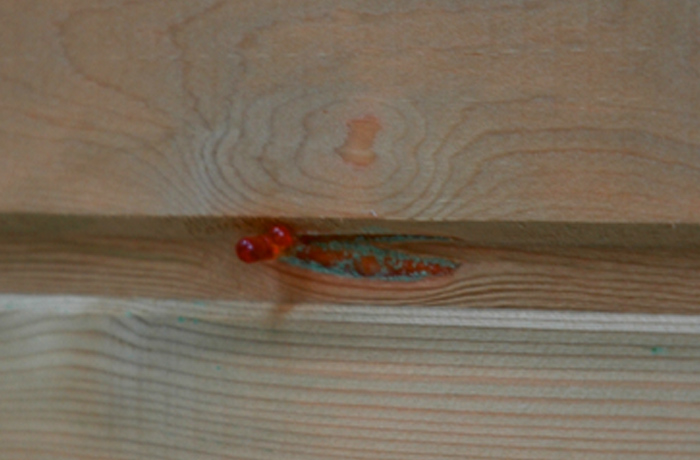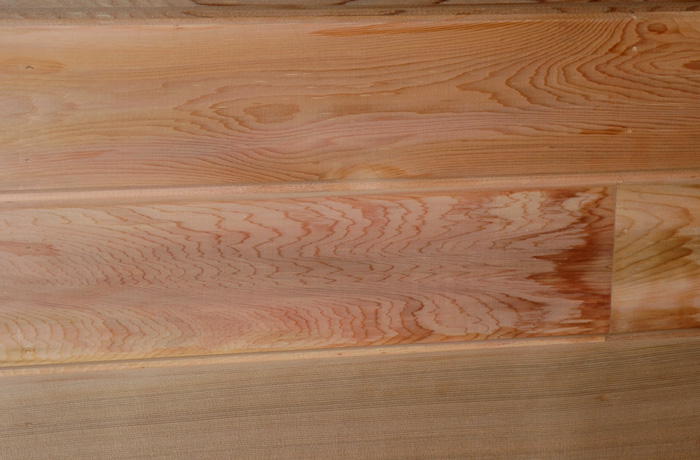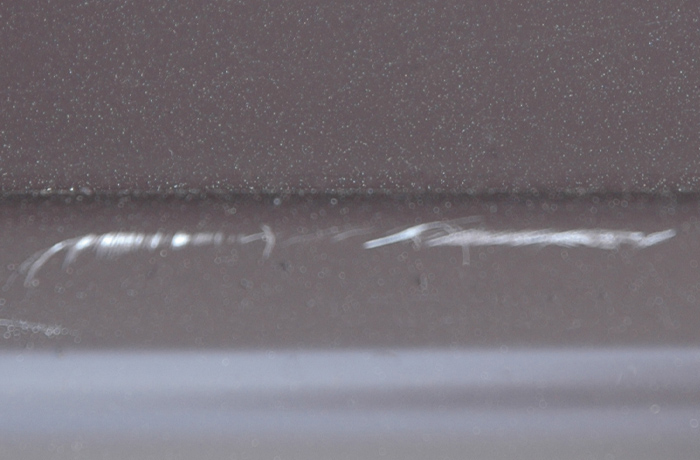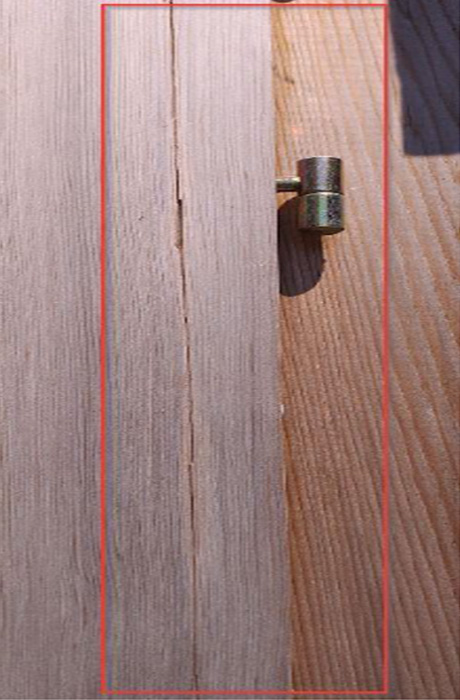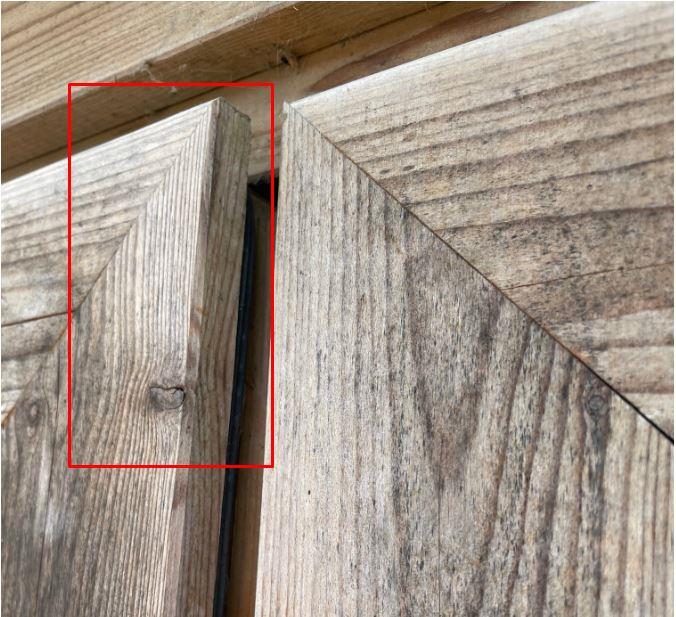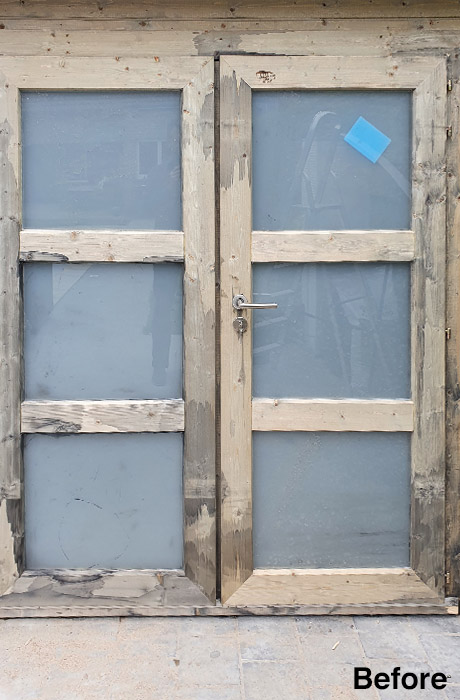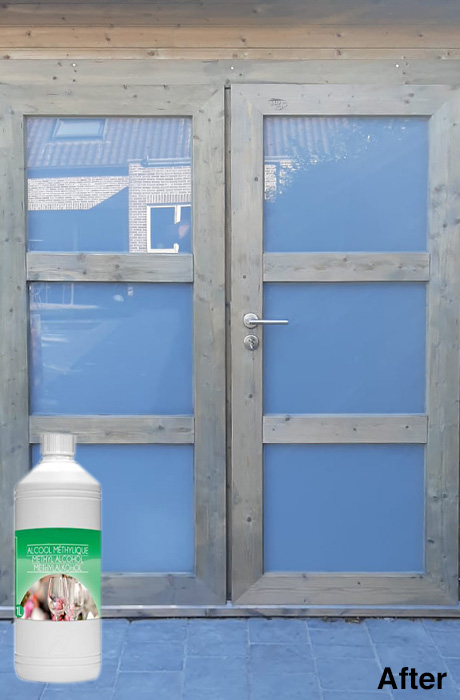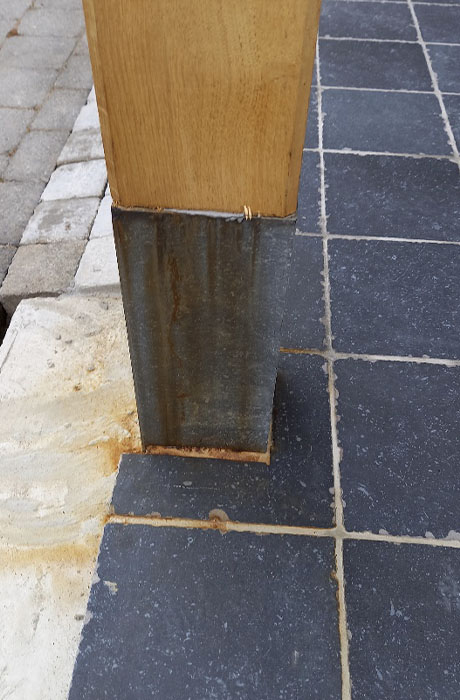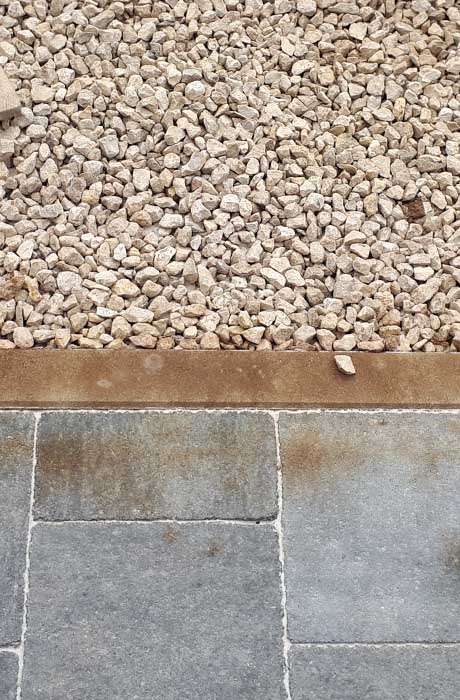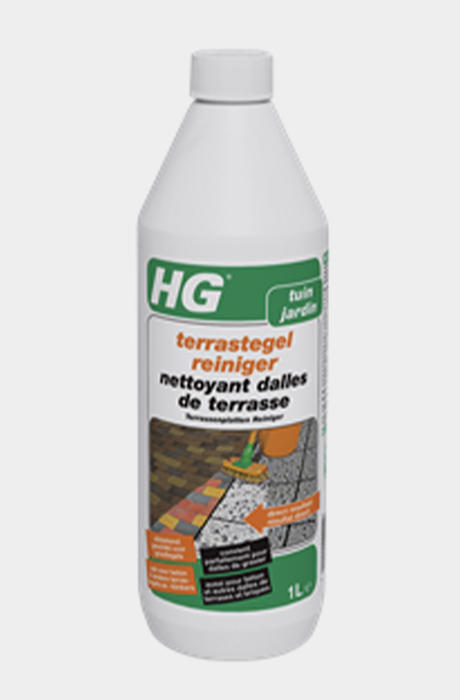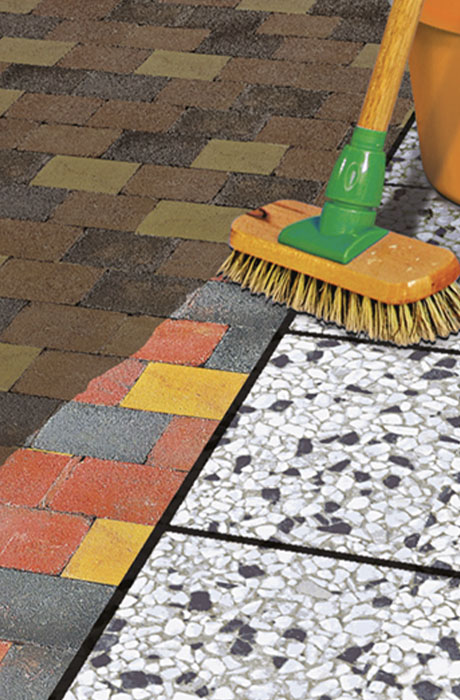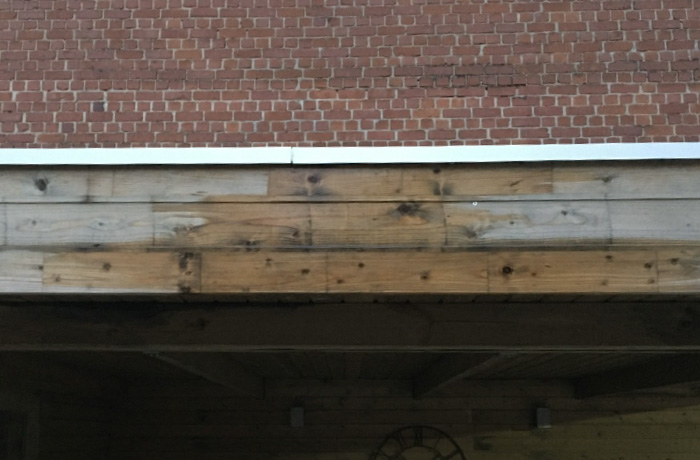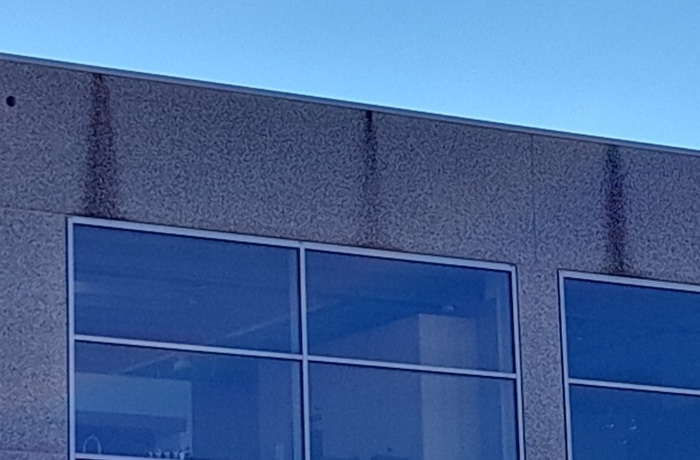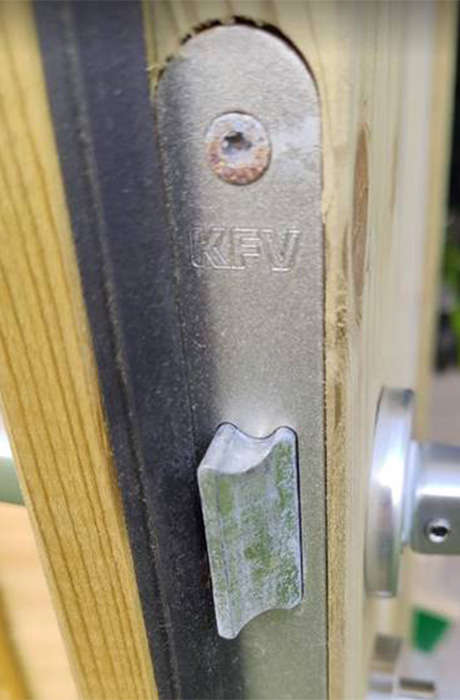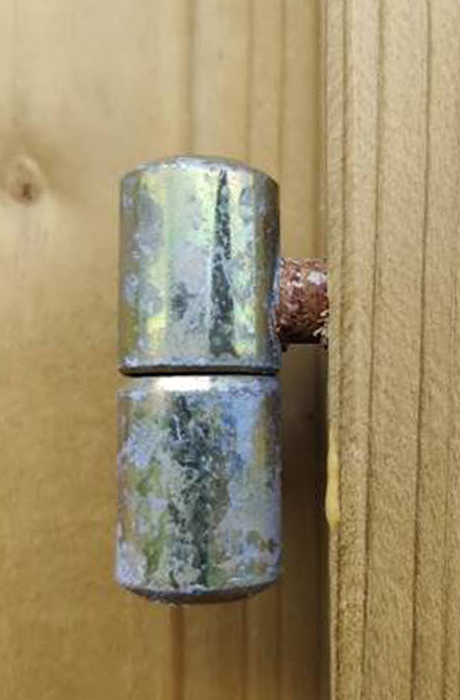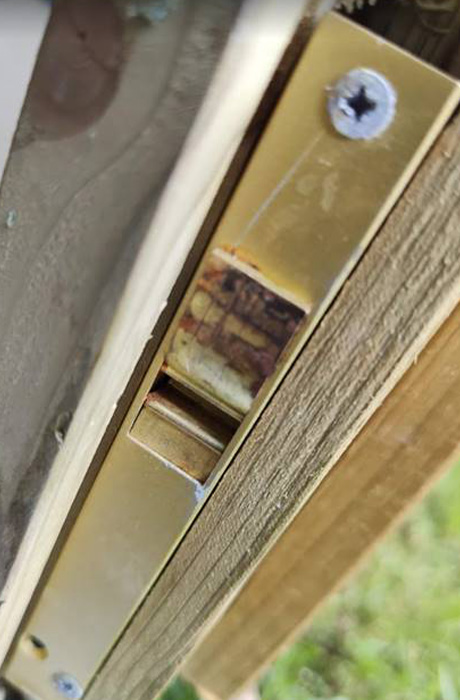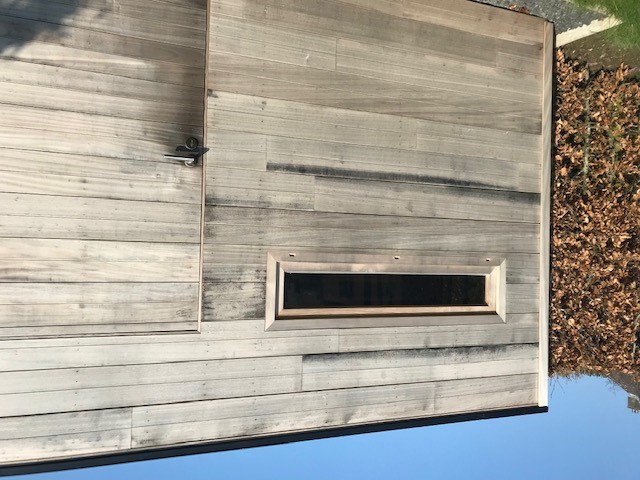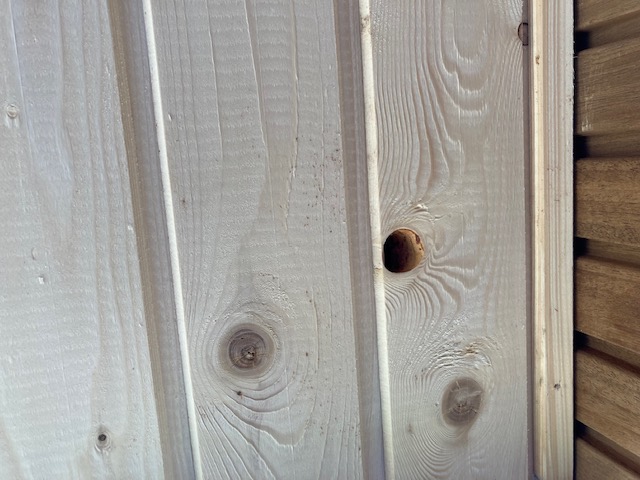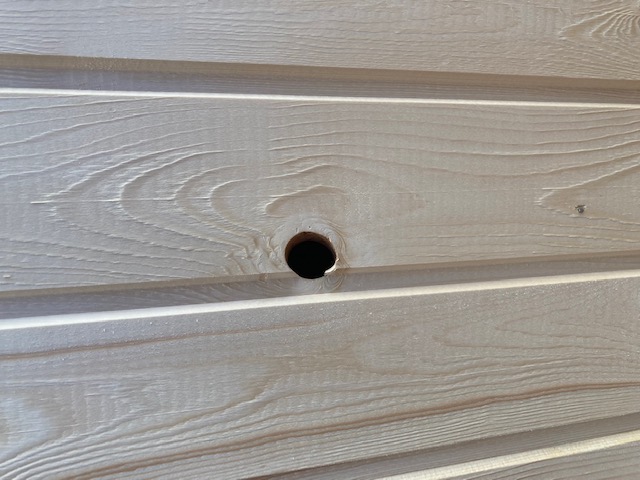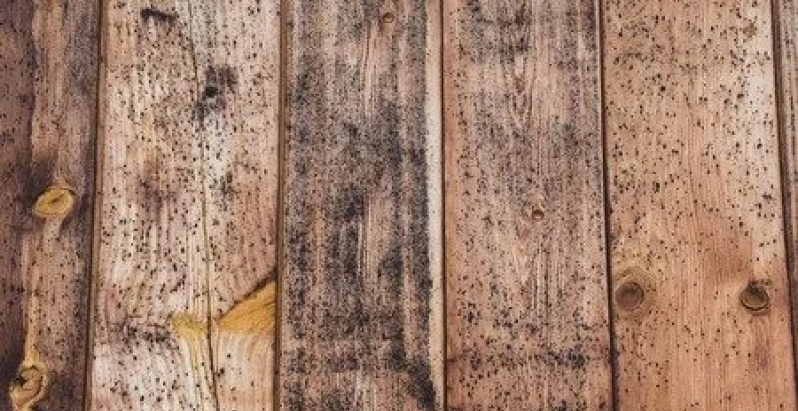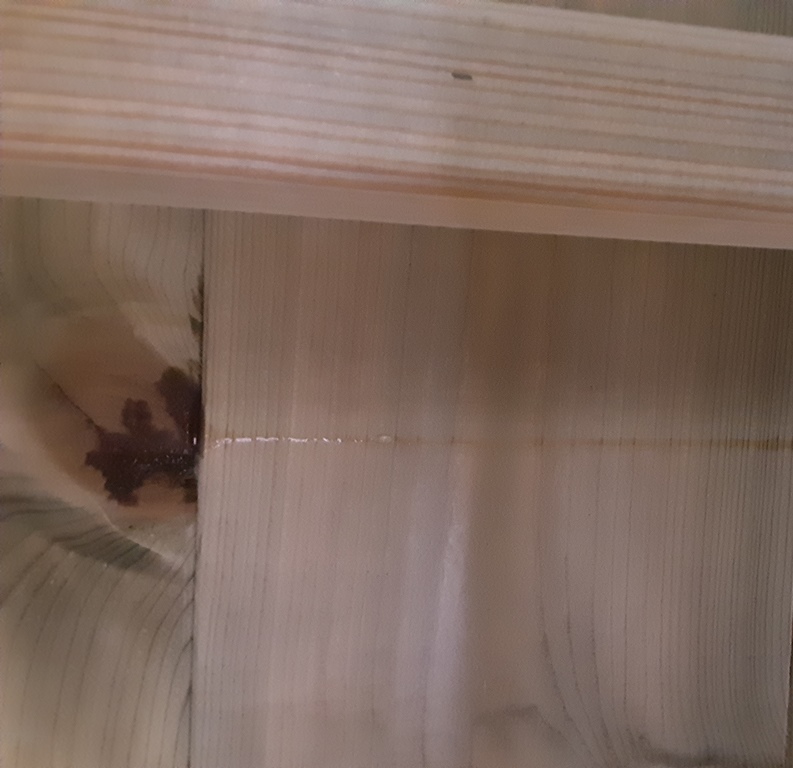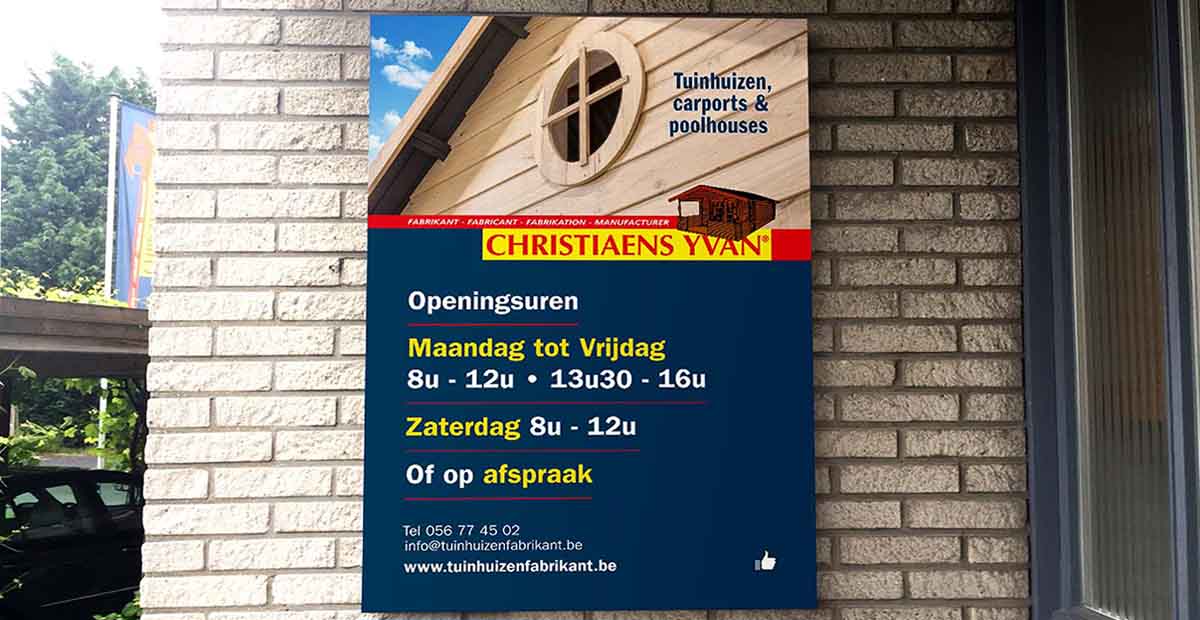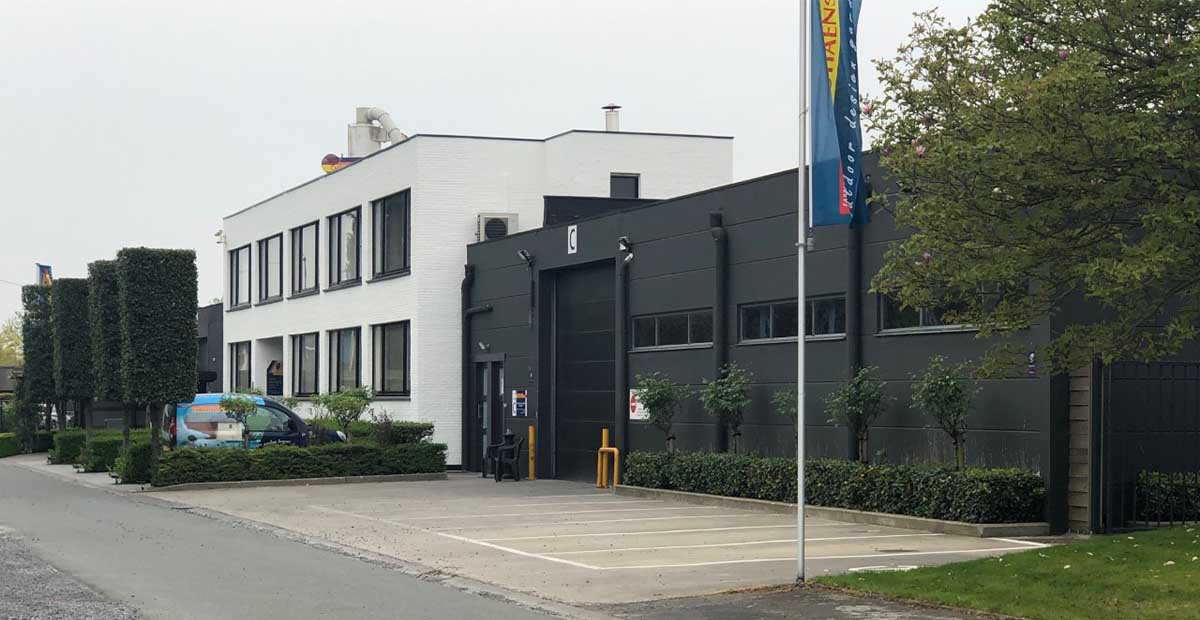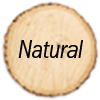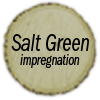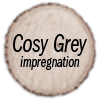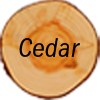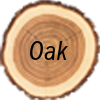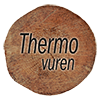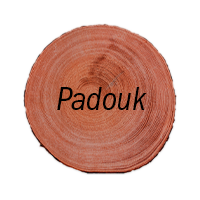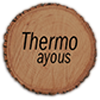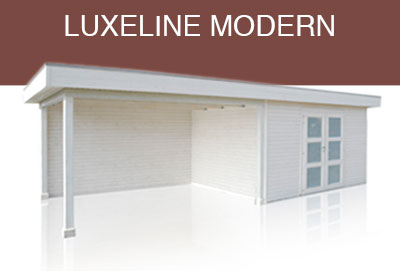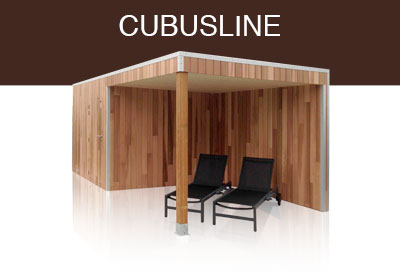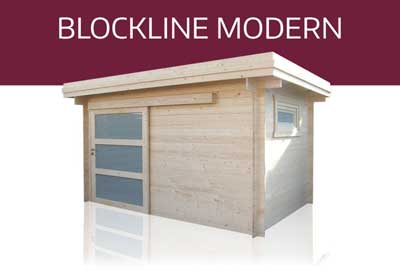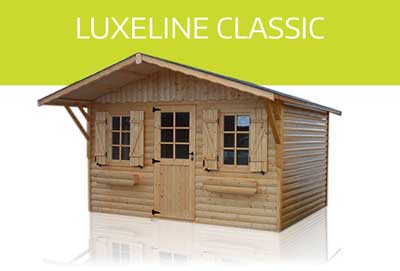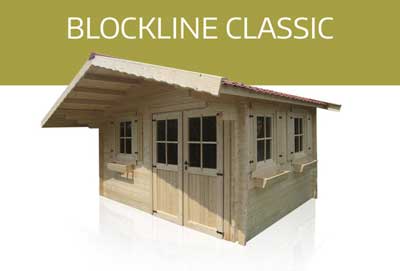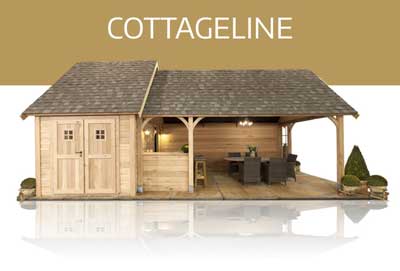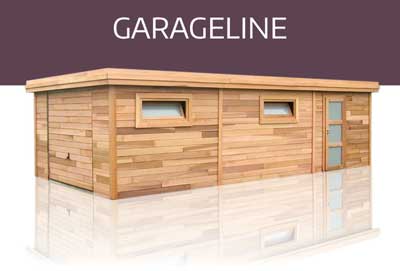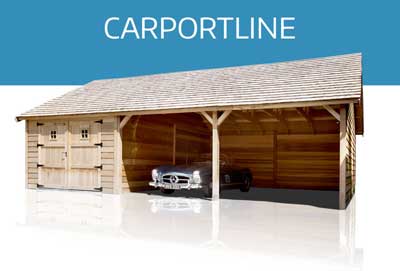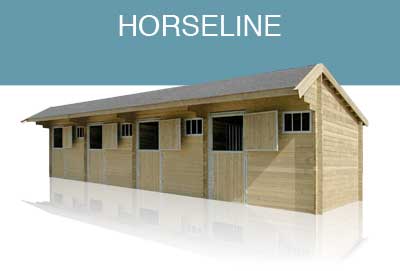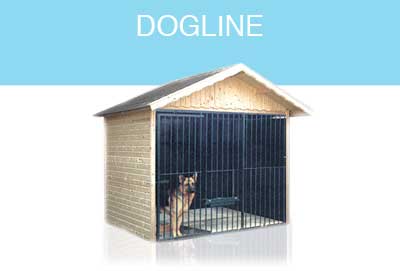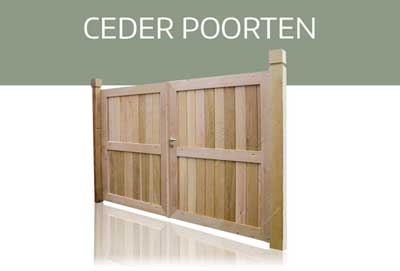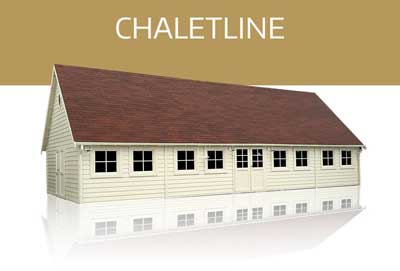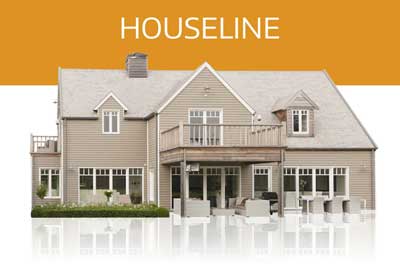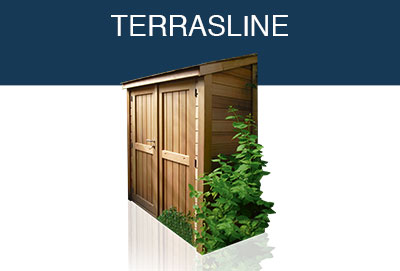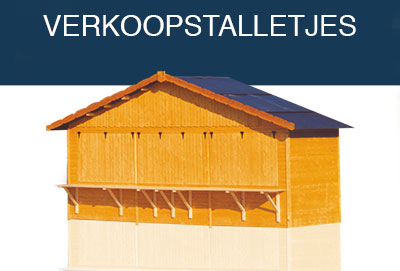28. Mould on thermo ayous and other sustainable wood types: what to do?
After days or even months of rain, everything in the garden is moist, including your garden house. A couple of months later you see black spots, stains and patches on your garden house made of thermo ayous wood. What is this? Mould on new material? No, this is not a manufacturing defect, nor it regards a bad board. On the contrary: moulding on wood is a natural process, even on wood types such as thermo ayous! But what should you do now? Is your wood damaged? This blog post examines this phenomenon and answers all of your questions.
It is very natural to find mould on wooden garden furniture as well as on wooden garden structures. All wood types, including European wood, tropical hardwood and thermally treated wood are susceptible to moulding by nature. Thermowood, however, is known for its resistance against mould which reduces the risk but still not fully excludes it.
Some positive news
No need to panic when you see mould on your wood. Here are some positive news facts!
First of all, mould is only hazardous for the material’s sustainability and firmness in exceptional cases. That is when the mould thrives on the wood and thus takes nutrients out of the material. Bacteria on thermally treated wood (such as thermo ayous) get their nutrients out of the air so they do not damage the wood. No mould will make the wood rot.
Even though you should not worry about the material’s firmness, there is an aesthetic difference: you do see black spots or patches on the boards. However, this discolouration disappears by itself: stains will disappear over time as the wood ages. How long does it take for the wood to have sufficiently aged and you no longer see spots? That depends on the situation and could take up to a year.
Would you like to get rid of these spots sooner than that? Here are some simple solutions you could implement to treat the surface nevertheless. Undiluted cleaning vinegar, for instance, can improve the mould in an aesthetical way. Or mix 50 to 100 grams of soda with a bucket of water and scrub the spots using a non-metallic brush. Leave the product on for a short time. The acid in the vinegar and the soda mix kills algae and mosses. Then rinse with clean water and the spots will disappear. You could also use an antifungal product.
Where does this mould come from?
Mould is often the result of moist in wood. This could come from rain, a drainpipe above the wood, leaking pipelines between boards or a pond that is in direct contact with the wood. The saying ‘prevention is better than cure’ also applies to wood. So make sure there is enough ventilation or that the wood is not in permanent contact with stagnant water. Leaking pipelines should be repaired as quickly as possible. Wood that is not in direct contact with water, or that can completely dry after being wet, is not that sensitive to moulding.
Sometimes moulding occurs on garden walls or on the outside of particular garden structures. Whether or not a project is susceptible to it, depends on its location and orientation. There is an increased risk of mould in shaded places. Also, south-west facing garden screens are more often exposed to rain. Covered pieces of wood that occasionally get wet, dry out more slowly which makes them perfect sources for mould to form on.
Moulding especially happens in wooded places where surface fungal often occurs. In such places fungal spores more often travel in the air after which they fall onto the wood and settle on it.
The susceptibility of wood to mould also depends on how it is dried at the manufacturer’s. After a tree is cut and sawn into boards, the wood is dried. Thermally treated wood is then heated in a kiln. Both processes largely decrease the wood’s moisture content. The less moist, the lower the risk of moulding. So if mould develops, it might be that the boards were taken out of the kiln too soon, or that they were not heated at a temperature high enough.
One last factor that can play a role in this, is the wood type. Lighter wood types, such as ayous, are more susceptible to mould than (tropical) hardwood types, such as ipe and padauk.
Conclusion
There are different reasons why mould might form on your thermally treated wood. So the most important thing to remember is that moulding is a natural process that you usually do not expect but could encounter. Even though thermally treated wood is less susceptible to moulding than other wood types, it is still possible to see black spots, stains and patches over time. After a while they will vanish in the aged grey colour of the wood. Mould will not affect the sustainability of your wooden garden wall, facade or terrace, so you do not need to worry about that. If you do want to get rid of it, you could clean the wood with for instance cleaning vinegar.
This article (originally in Dutch) was fully copied from Passie voor tuinen en wonen (Belgian website on gardens and living) - 01 sep 2022.

